Narai-juku is one of my favourite places in Japan. The 34th post town from Tokyo on the Nakasendo Trail, it’s one of the best preserved. This is one of the places I would highly recommend adding to your itinerary! Below you will find 14 things to do in Narai Juku.
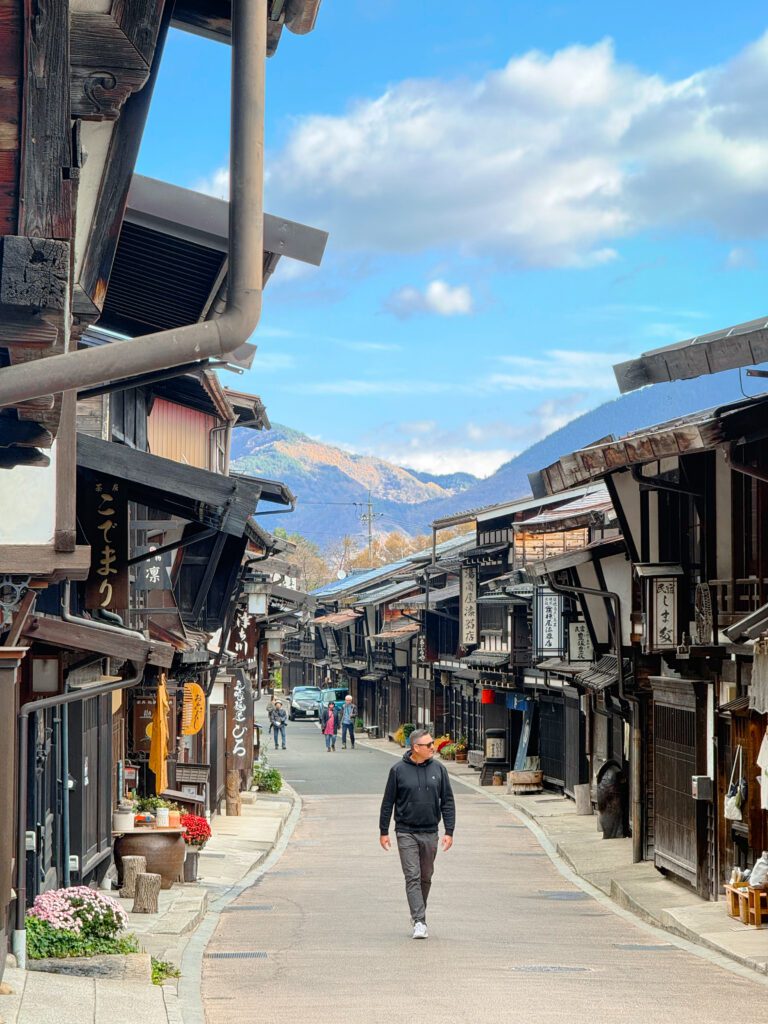
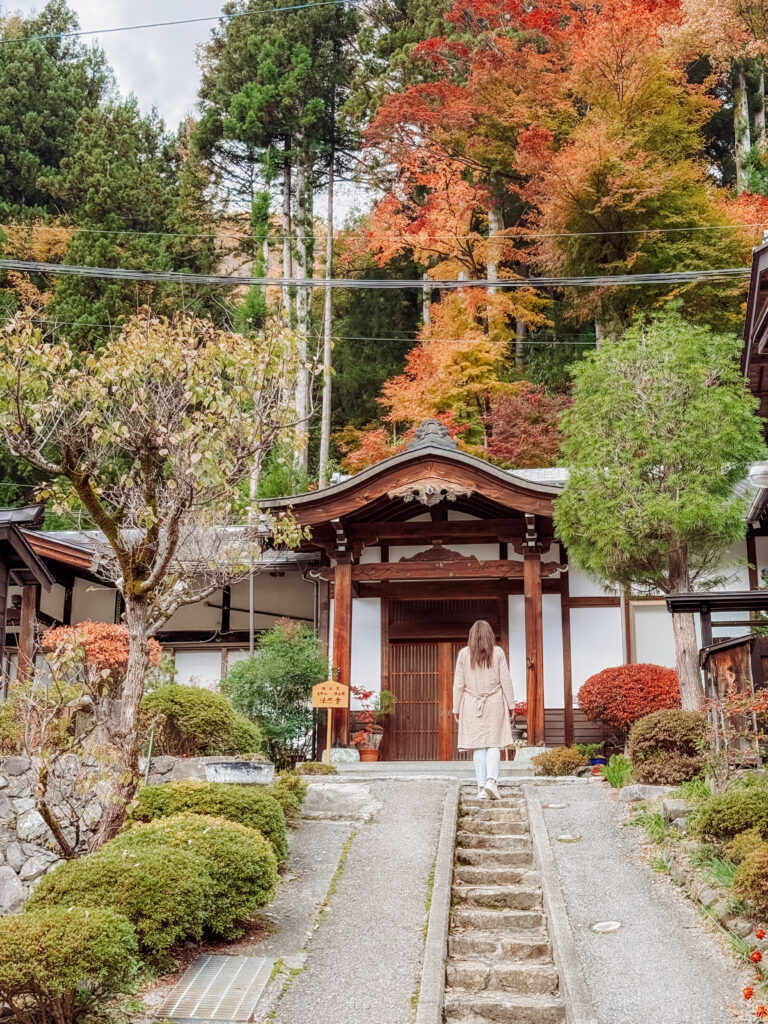
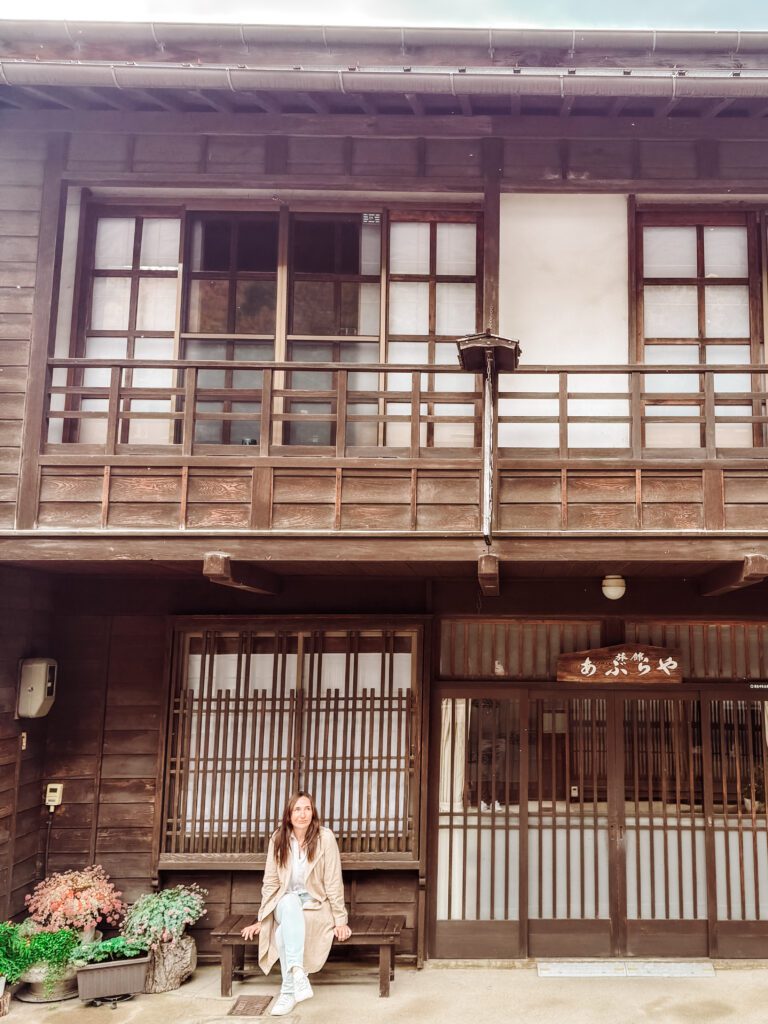
All our blog posts contain affiliate links that help us keep our blog running at no extra cost to you! When you click on our links to book accommodation, activities or transport we earn a very small commission. Clicking on our links to book your accommodation or activities costs no extra to you but helps to keep our blog online!
The history of Narai Juku
The history of Narai-juku lies between 1603-1867 in the Edo period. Narai Juku, once called Narai of 1,000 inns, due to the many inns that line its 1km long street. These inns housed those making the trek from Tokyo to Kyoto. It is this long street that enchants travellers, its charming ancient architecture so perfectly preserved. These buildings, once inns and stores have become businesses such as cafes, restaurants and stores selling souvenirs such as pieces of lacquerware and combs the area is famous for.
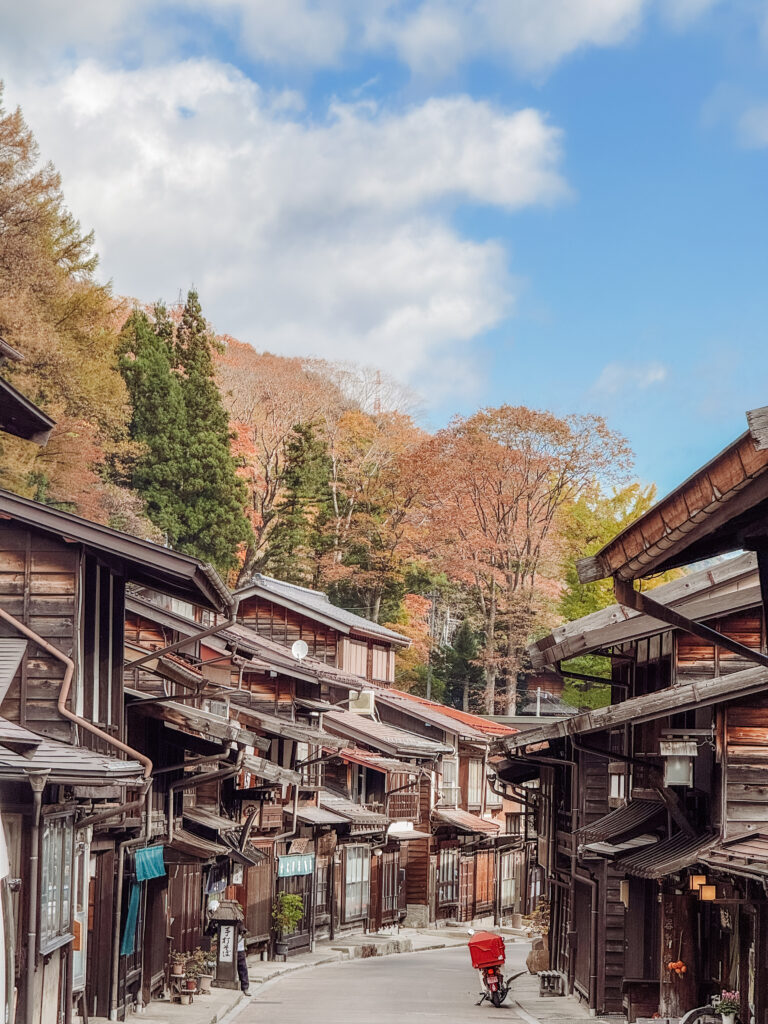
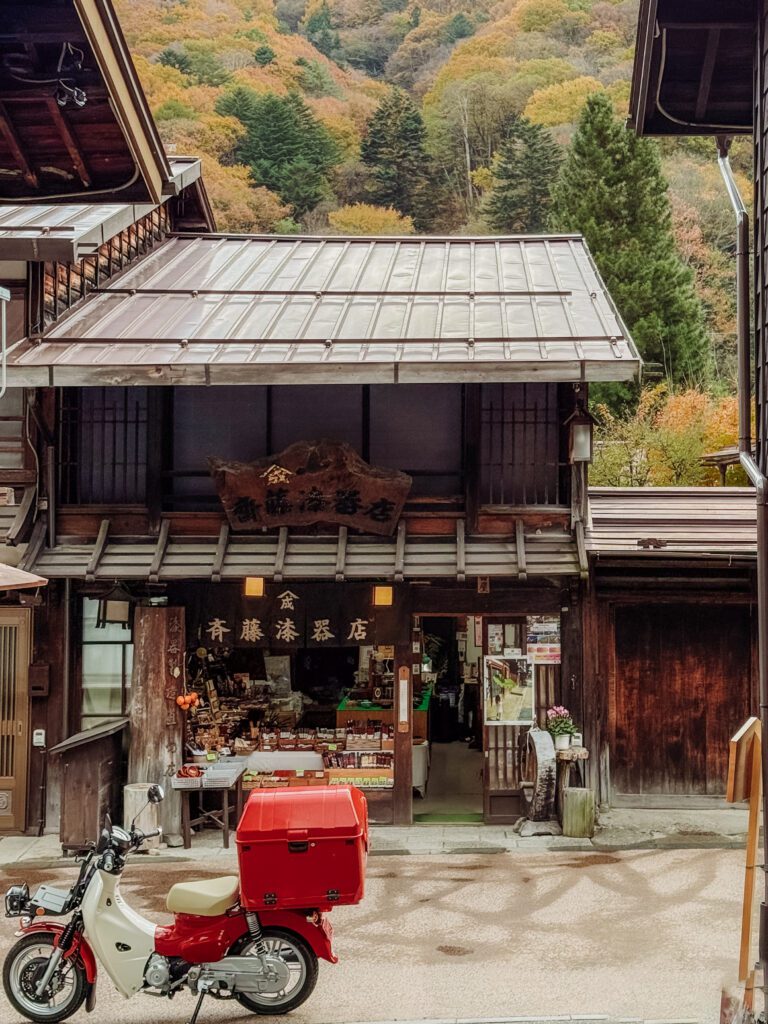
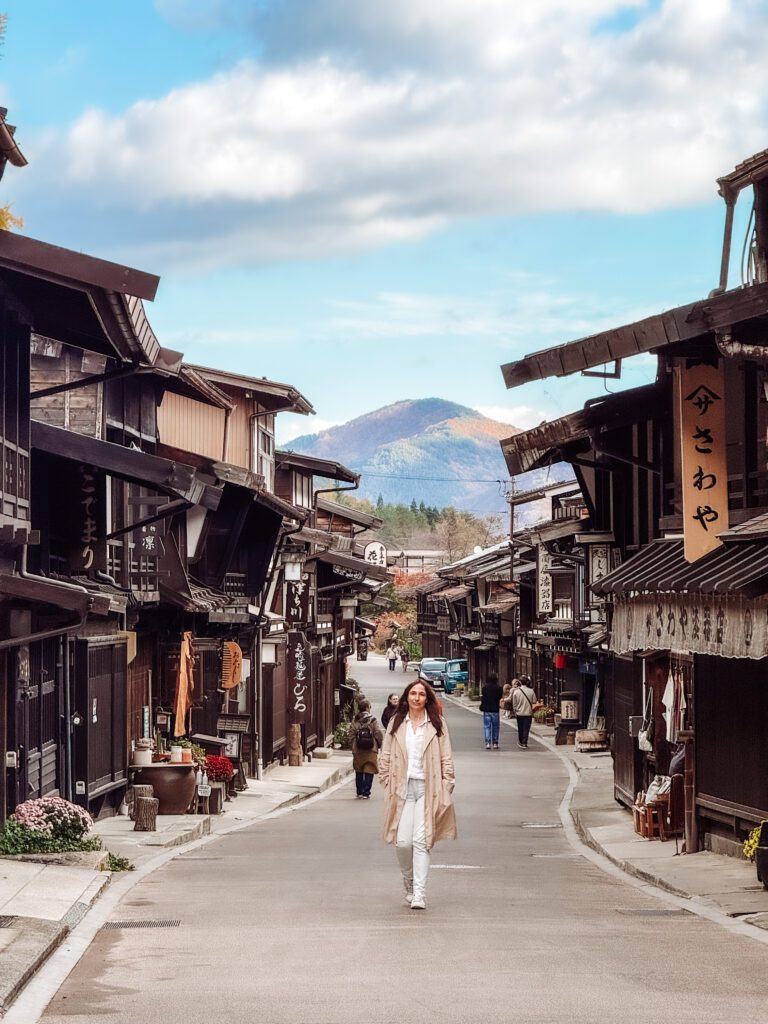
How long to spend in Narai-juku?
The village is quite small, we arrived around 9am and left at 1pm. Within that time we saw everything below, ate some lunch and really enjoyed ourselves. Honestly if we had more time I would have taken it more slowly and explored more extensively, going into every store! I would love to stay overnight and soak up the town before and after other tourists have left! I really fell in love with this town,
Where to stay in Narai-juku
Staying here would be so dreamy, there’s not a lot of accommodation so you’ll need to book early. It would be the most perfect way to see these beautiful streets in the evening when the lights are on. Bayaku is the best place to stay in Narai-juku, the perfectly preserved building combined with modern necessities is perfect! The inclusion of private open air tubs and breakfast along with gorgeous views and aesthetic makes this a dreamy stay.
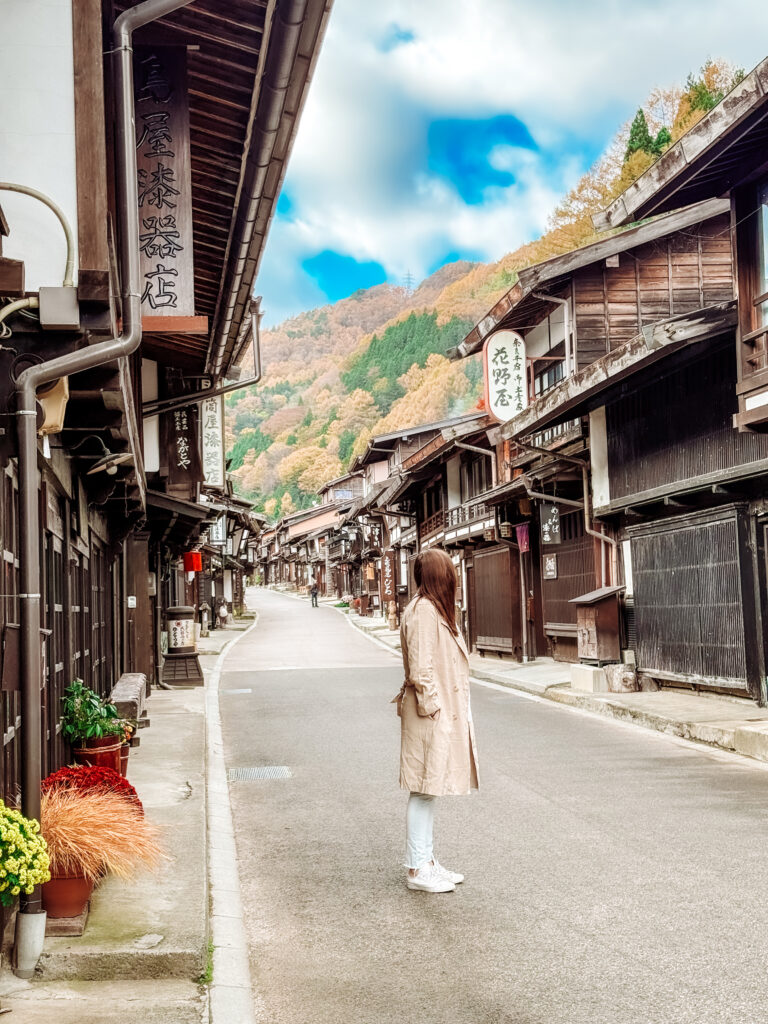
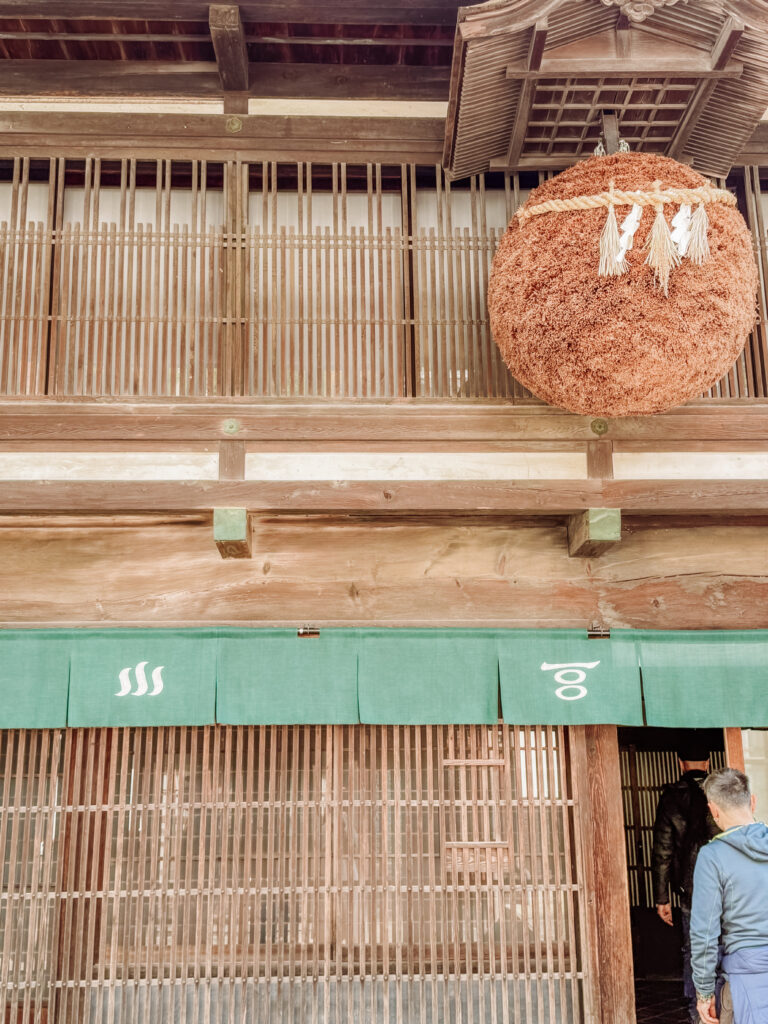
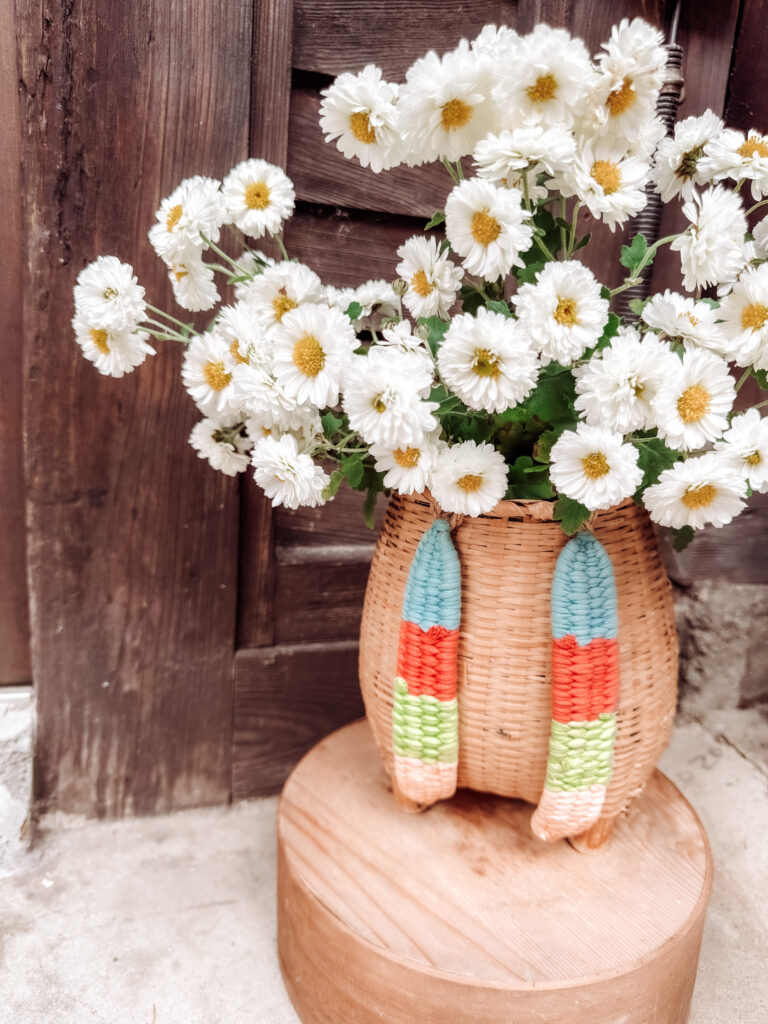
How to get to Narai Juku
We jumped on a train from Matsumoto where we were staying to come to Narai Juku for the day. It was incredibly easy and you can ask anyone at the train station which train to get on or just look at the timetable there. You can also plan the time wtih Google Maps which we usually check to organise what time we want to leave. TIP– make sure to check what time the trains come back otherwise you may get stuck somewhere with some hours to wait until the next train, especially when visiting these smaller towns. If you want to make it really simple then this is a great tour from Matsumoto or Nagano to Narai Juku!
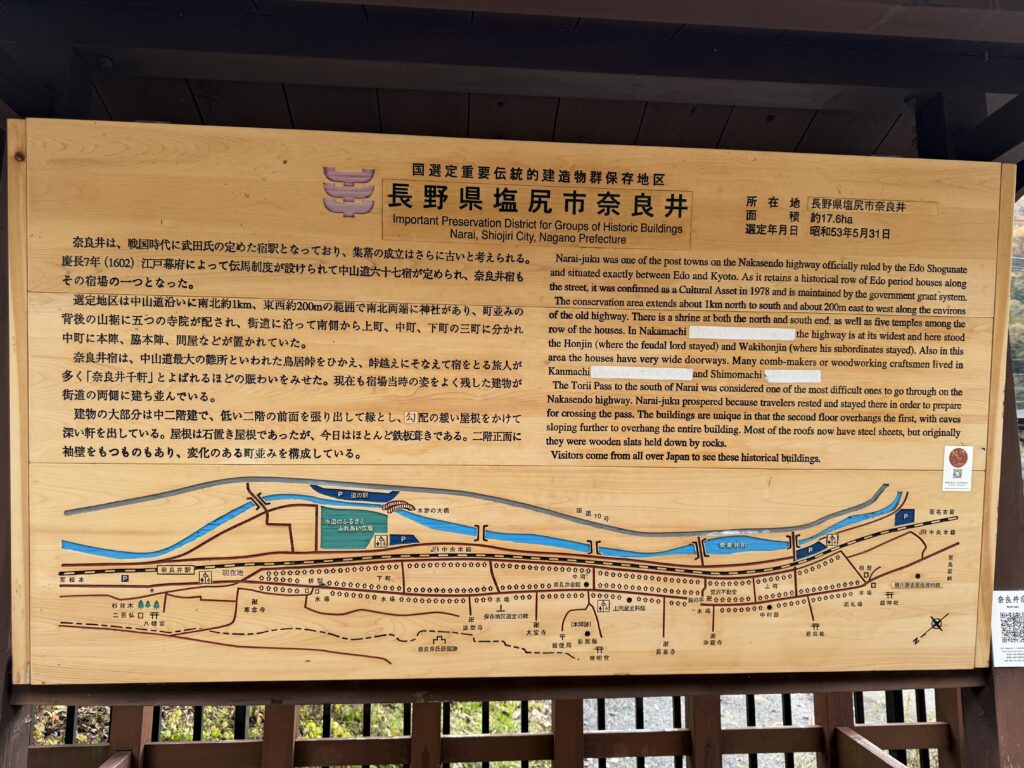
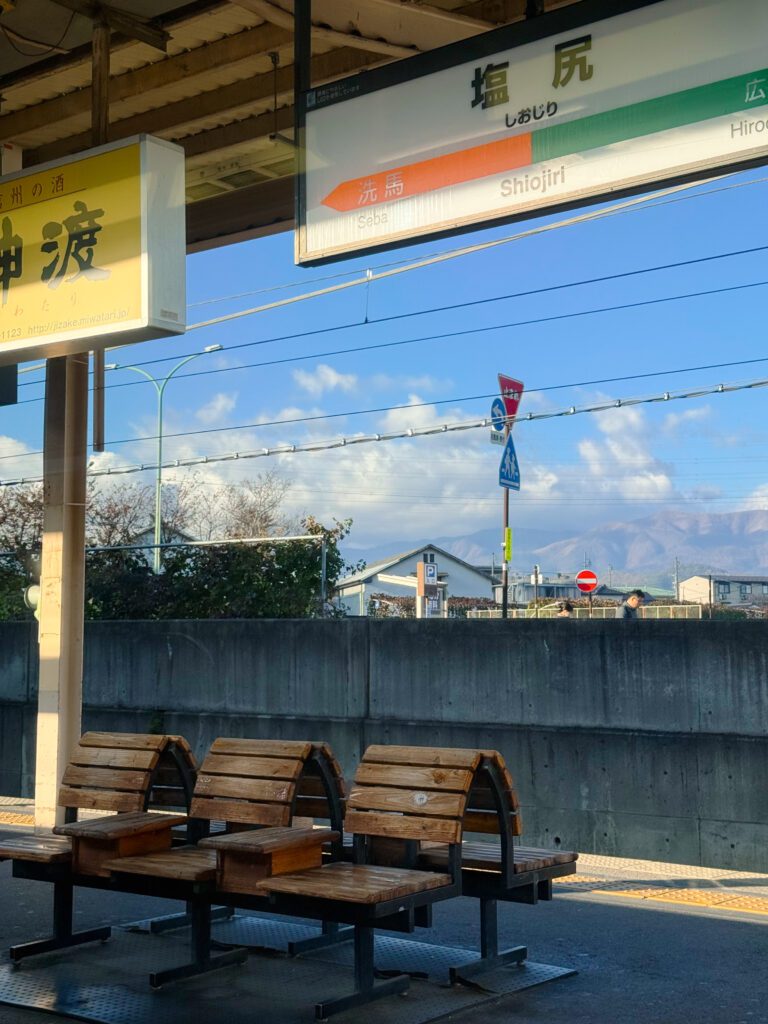
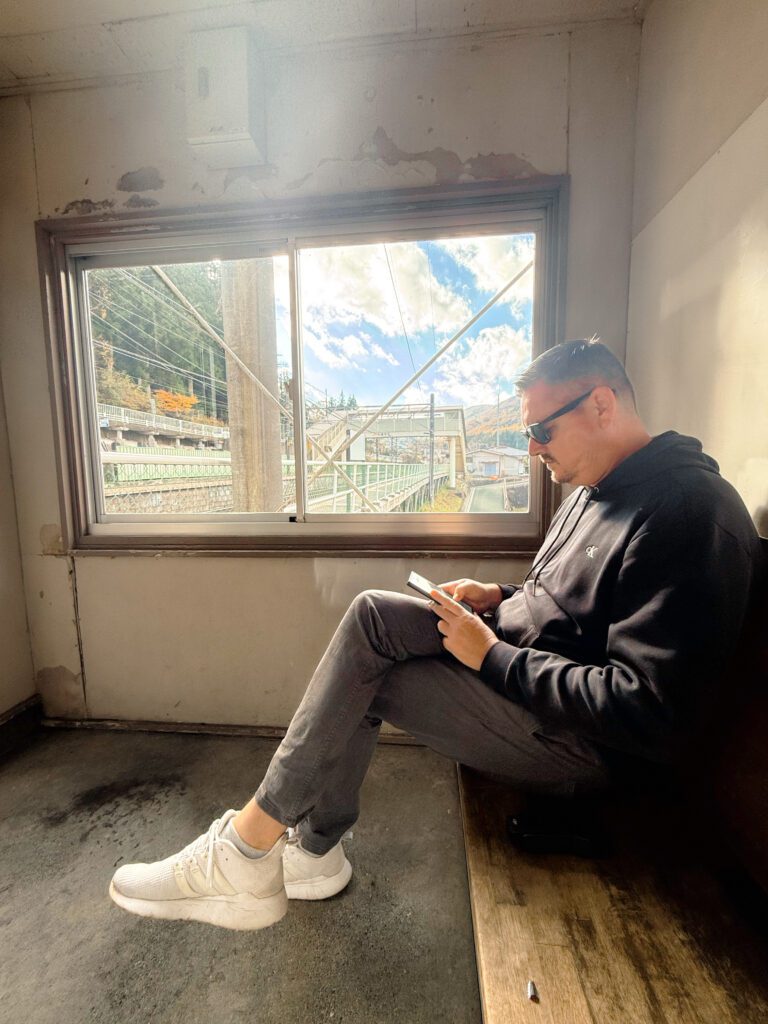
What to do in Narai Juku
There is more than meets the eye at Narai Juku! It is a gorgeous town and while some will come and walk through it and leave you can stay and really soak up the atmosphere, finding a few hidden gems along the way.
1. Walk the charming street
This has to be number one as it is the main reason you’ve come to visit Narai-Juku. The 1km stretch of perfectly preserved Edo architecture is the first thing to do here. If you can arrive early will allow you to enjoy it in peace as it can get busy here, particularly on weekends.
Wander along and take in the ancient architecture. The dark wood at first look for the beautiful views up the street, the details in the buildings and you’ll discover the unquestionable charm of this picturesque town. Walking this street in the early morning before the stores were even open and imagining a time when samurai walked this same path is one of my fondest memories.
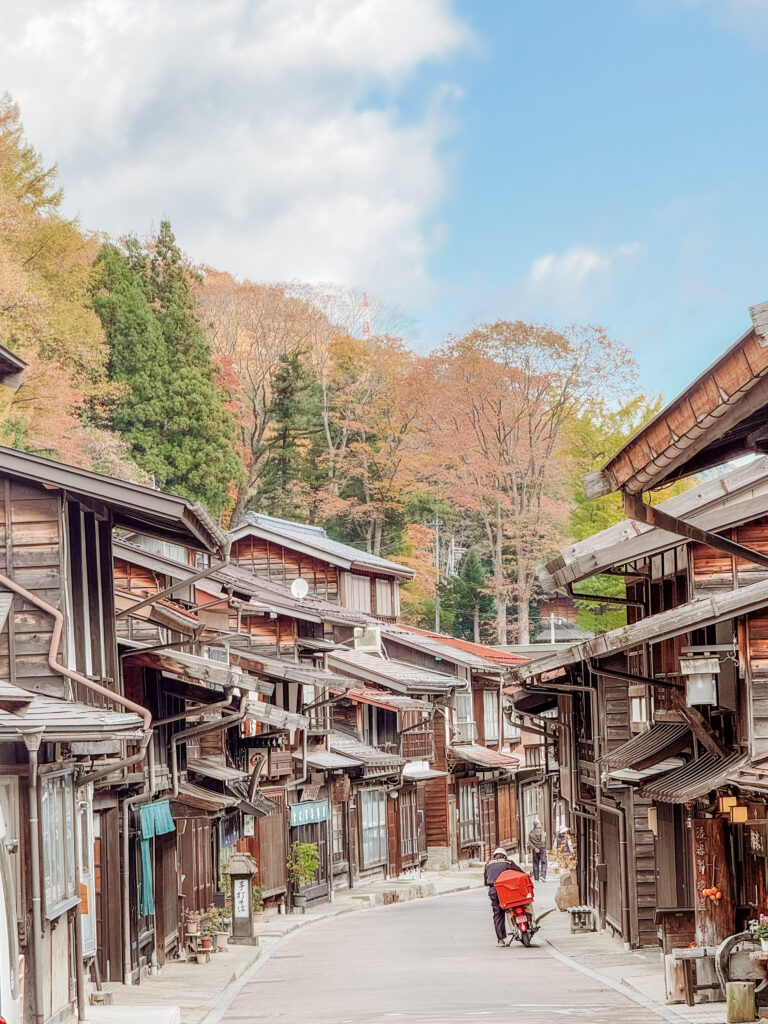
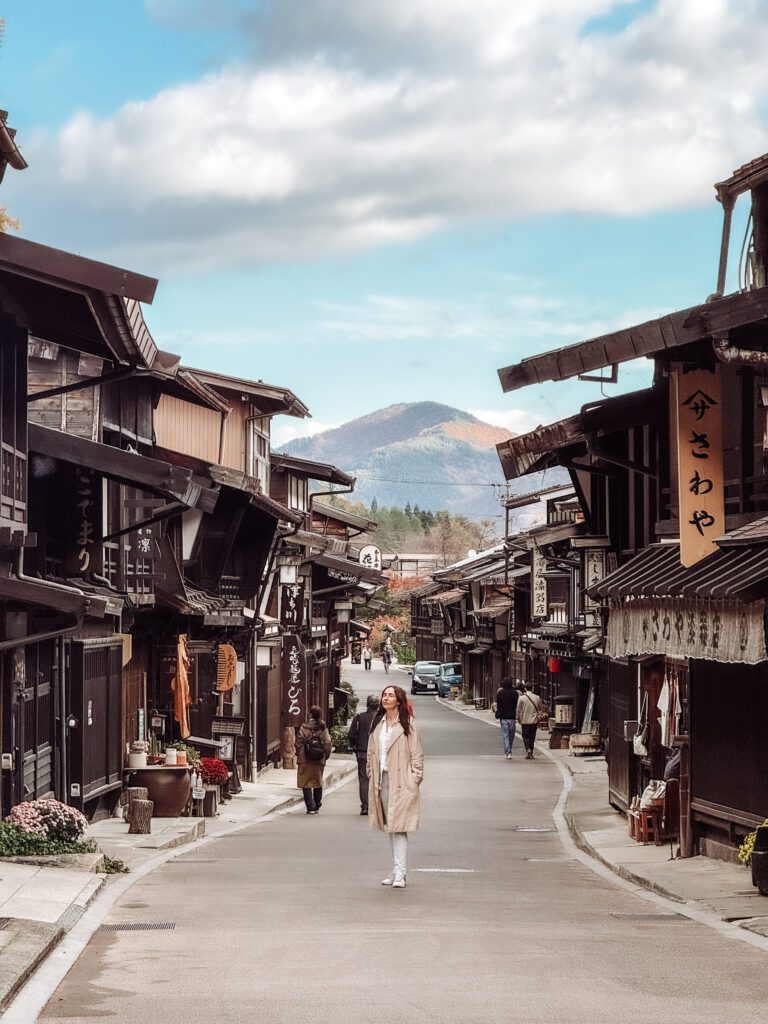
2. Buy a souvenir
The streets are lined with souvenir shops to take home a memory of your time here. Choose from a comb, chopsticks, ceramic or pieces of lacquerware. Stop in to a few shops to find your own piece of Japan to treasure or a gift for others. We did both!
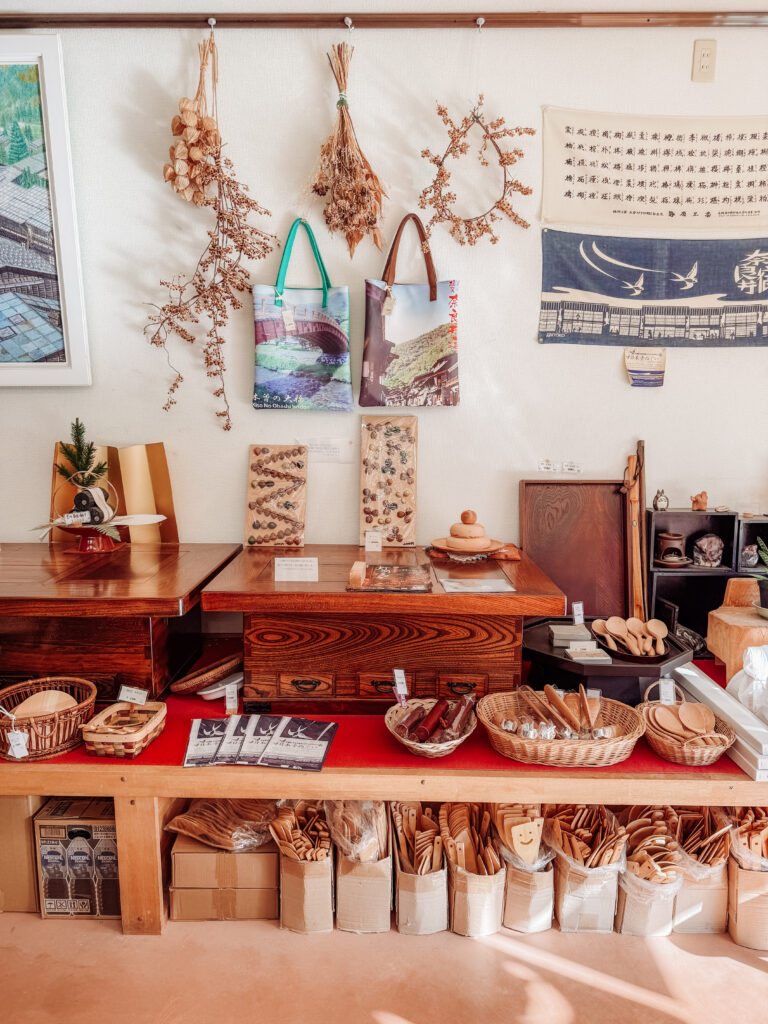
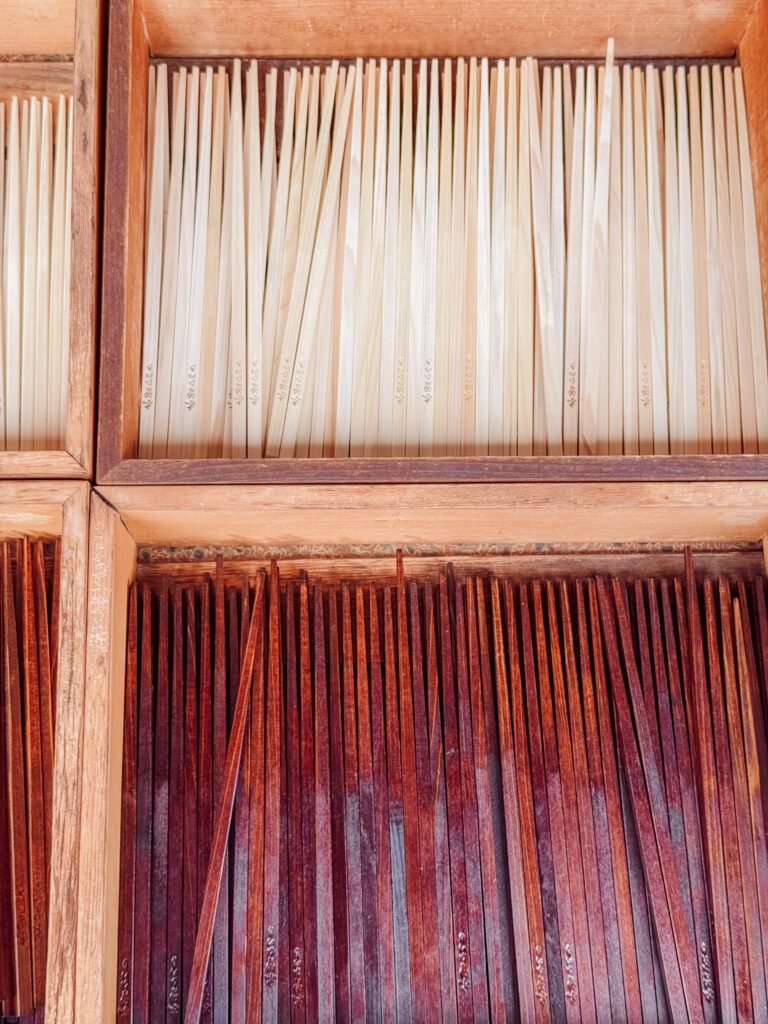

3. Obsess over the Lacquerware
The Kiso region has been producing lacquerware for 400 years and you will find lots of it in the little stores. From spoons to cups and bowls there’s so many beautiful pieces to fall in love with. I could have spent hours pouring over every piece, the vibrant shades of red are an alluring souvenir.
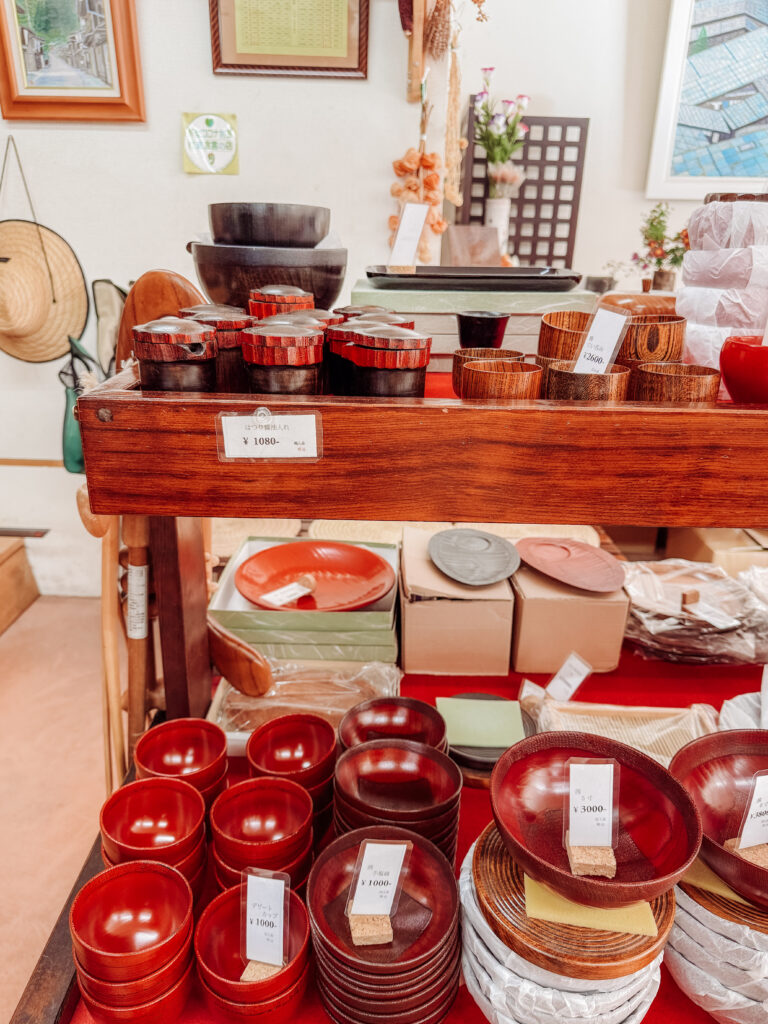
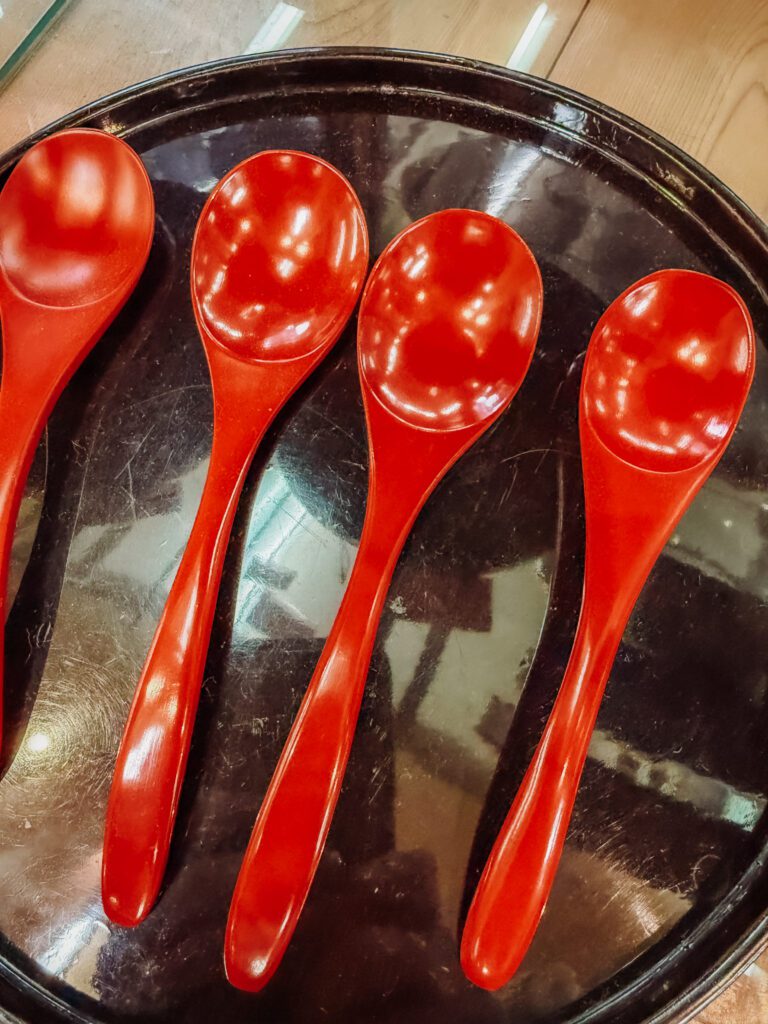
4. Nakamura-tei
This is a small museum housed in the former home of the Nakamura family where lacquerware combs were produced. Entry is 300 JPY and you can see the house kept as it was.
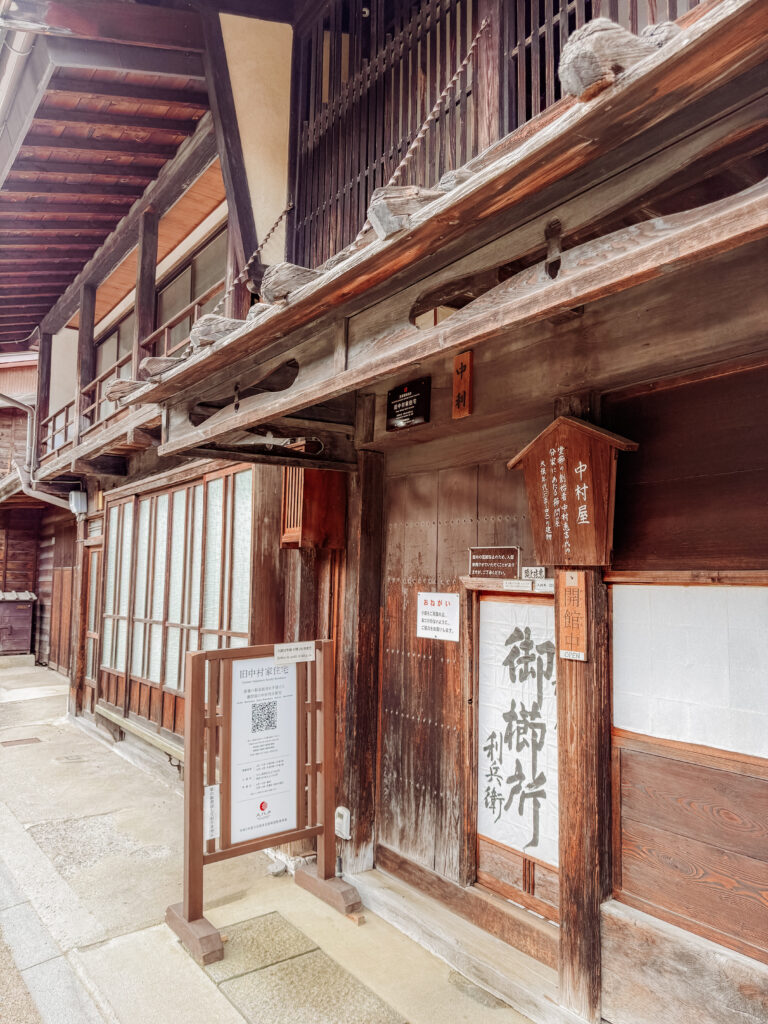
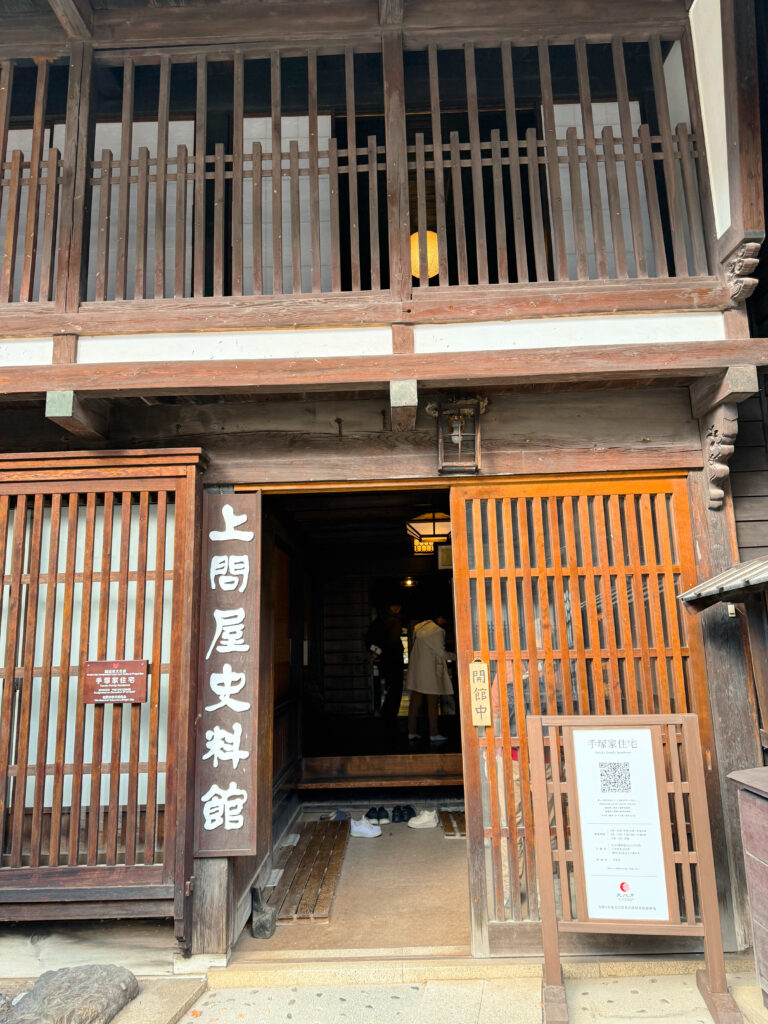
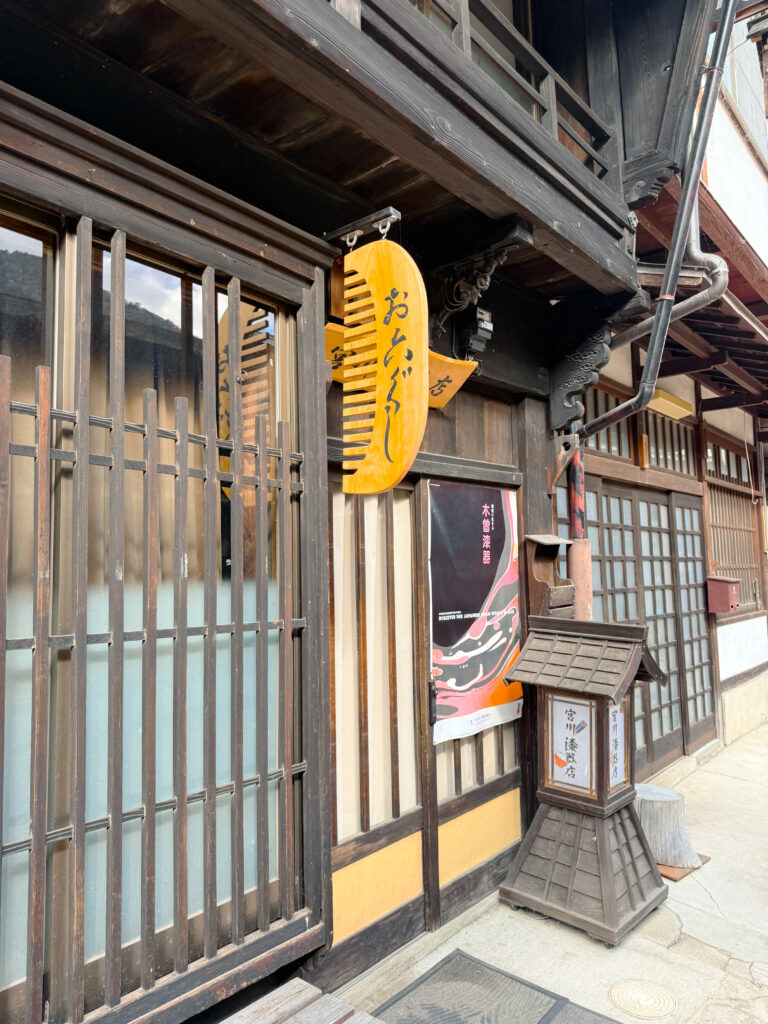
5. Izumiya Cafe
I was really upset to find out that this cute cafe was closed when we visited. It’s usually open except for Mondays but we landed on a public holiday and it was closed! It looks so beautiful, set in a 200 year old house and serving an incredible parfait! I will definitely be going back here when we are next in Japan.
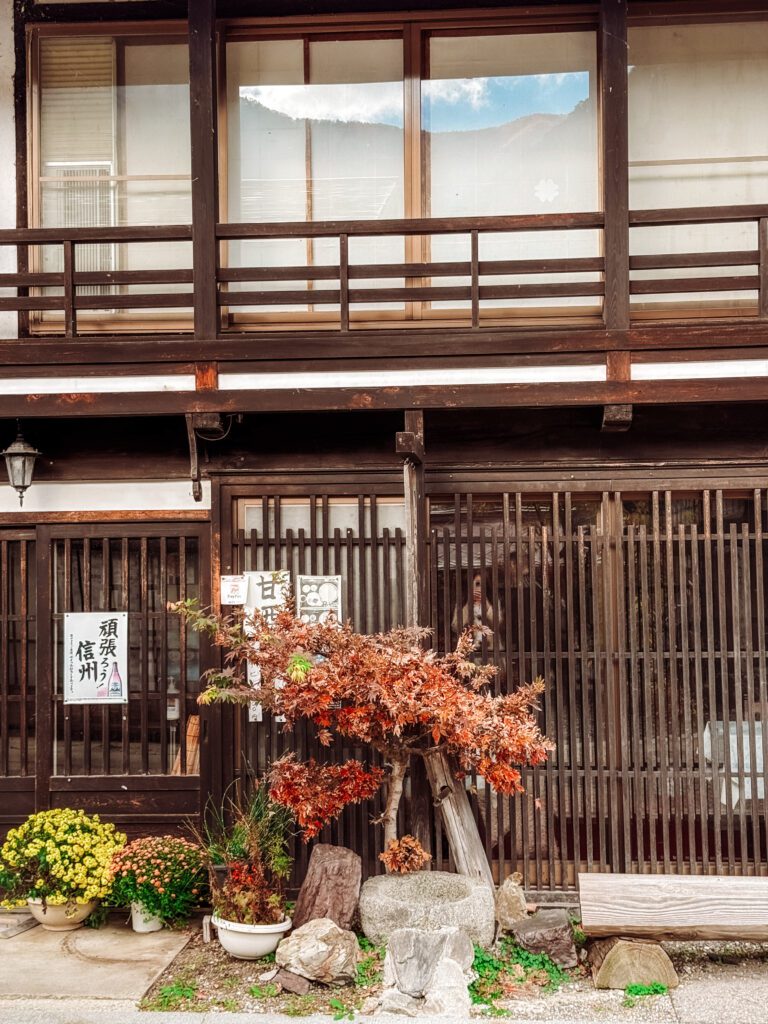
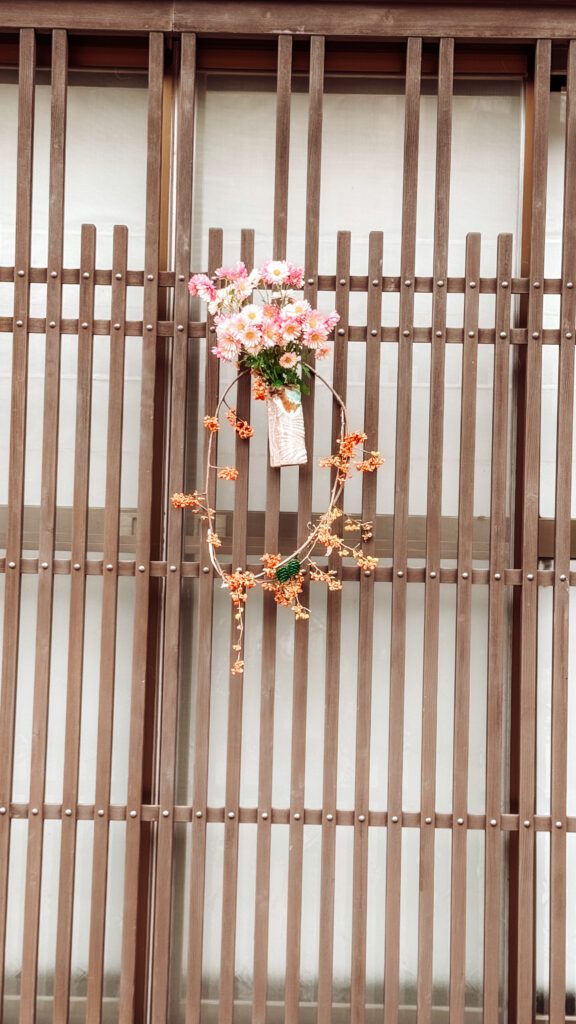
6. Hachimangu shrine
Walk back from the train station and up the hill to find Hachimangu shrine and it’s 200 Jizo Bodhisattvas. Grouped together in the forest it’s a lovely collection of Buddhist statues. They were placed here when the creation of railroads and roads displaced them. Each has a different expression and are meant to protect lost small children. We did this just before hopping on our train back to Matsumoto. The walk up into the hillside is really nice, it is a peaceful place make sure not to trample the grounds here. We actually couldn’t find it at first and had the help of some lovely locals to point it out to us. Somehow we had walked around it and missed the entry.

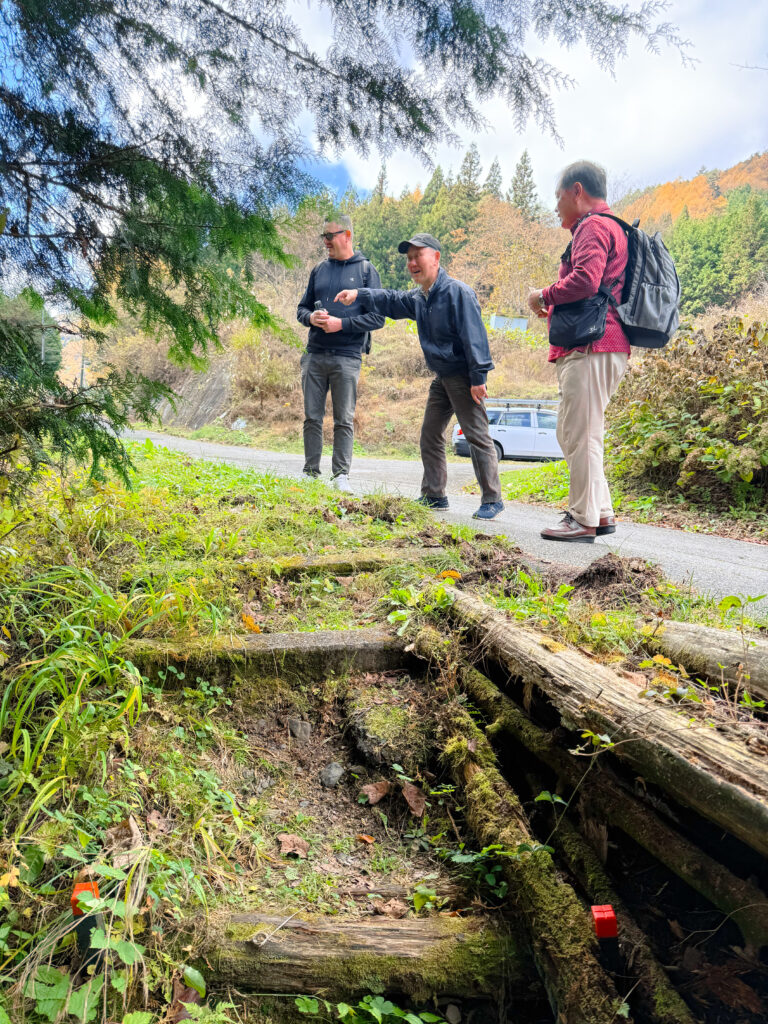
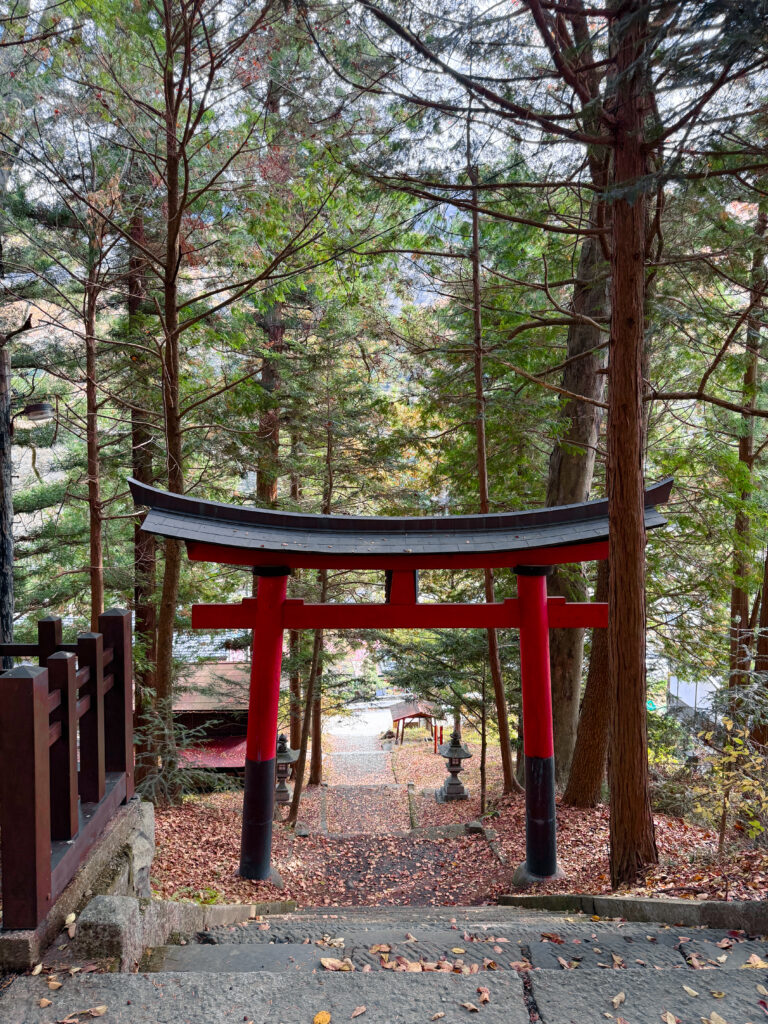
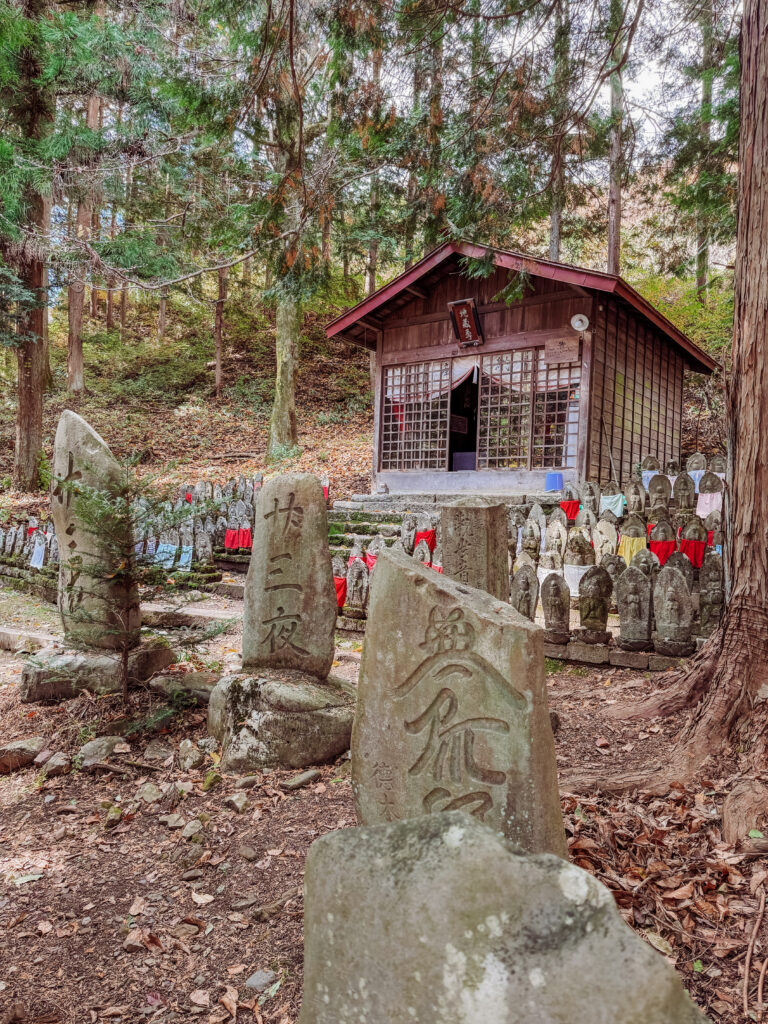

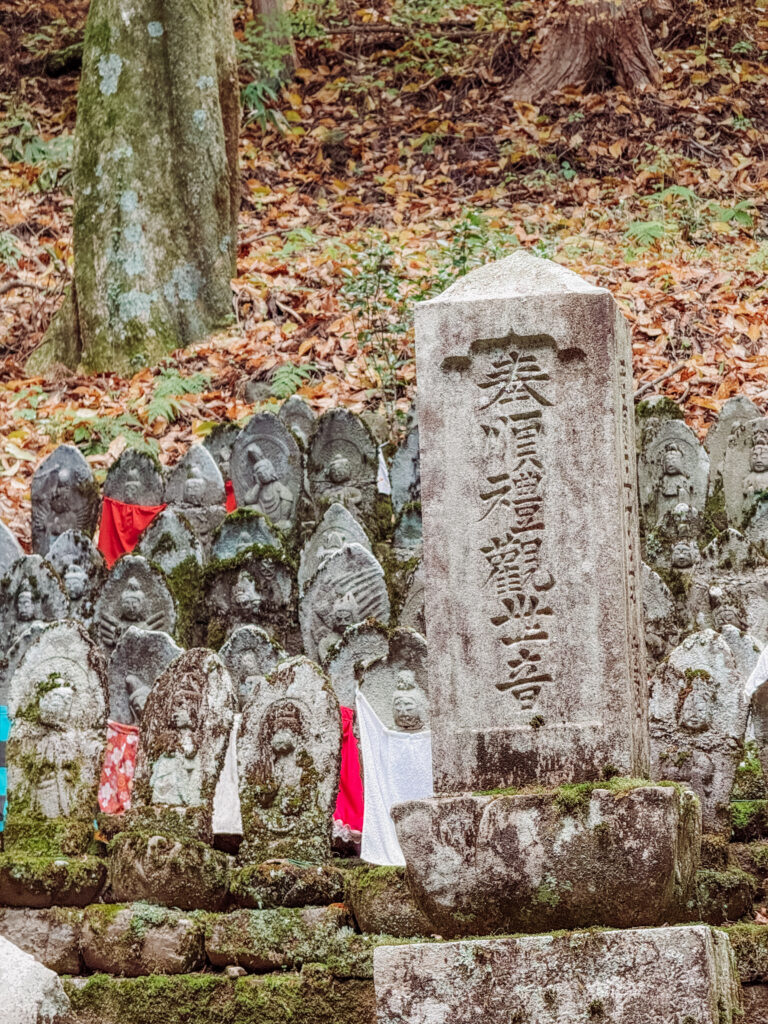
7. Narakawa History and Folklore Museum
A museum at the top end of the village and only open on weekends it displays artefacts of inhabitants from the Kiso Valley through the Edo, Meiji, Taisho and Showa eras. Entry is 300 yen.
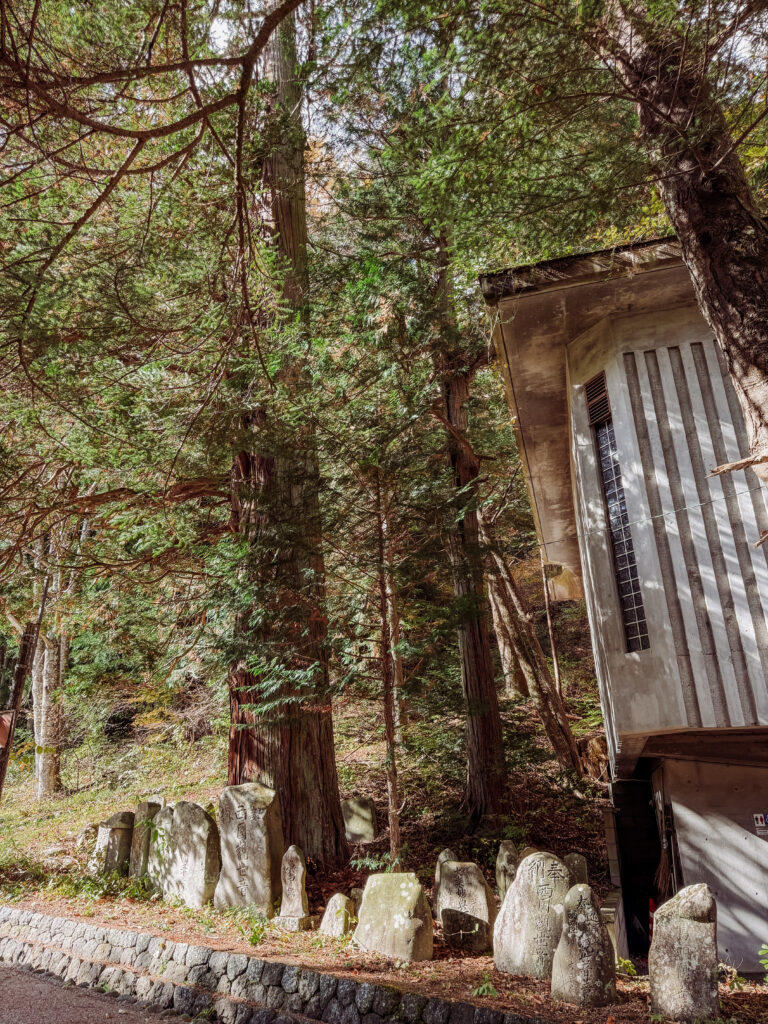
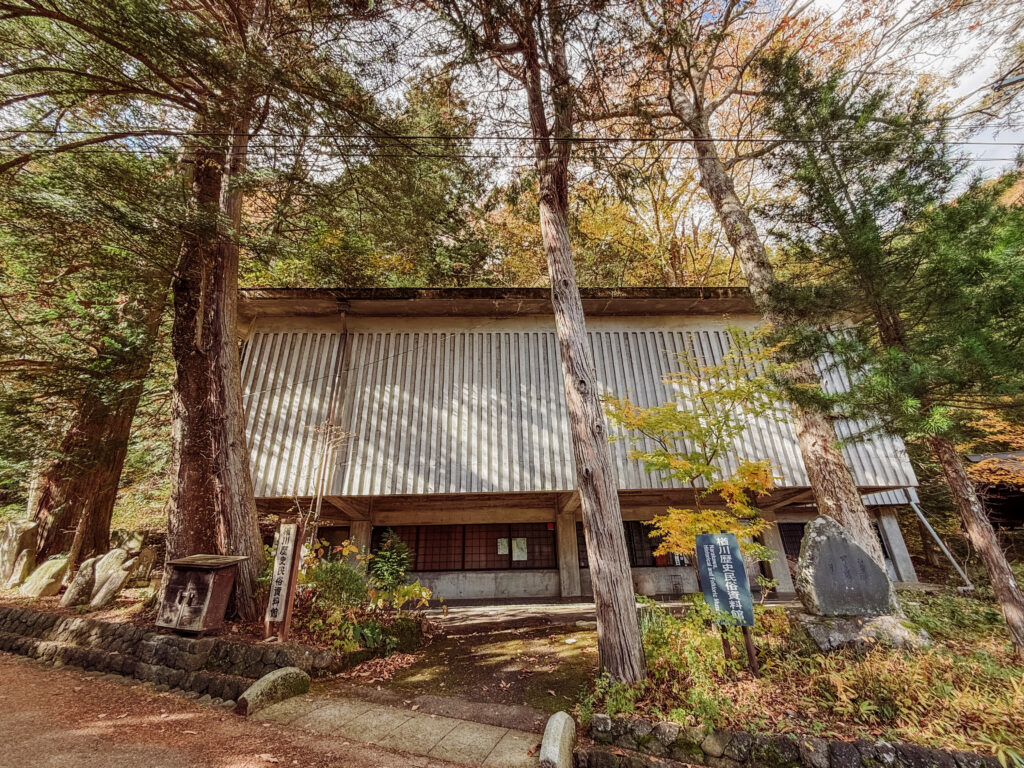
8. Shizume-jinja shrine
This shrine is at the top of the village, after the museum and before you reach the Tori Pass. It’s a quiet spot tucked in to the hillside.
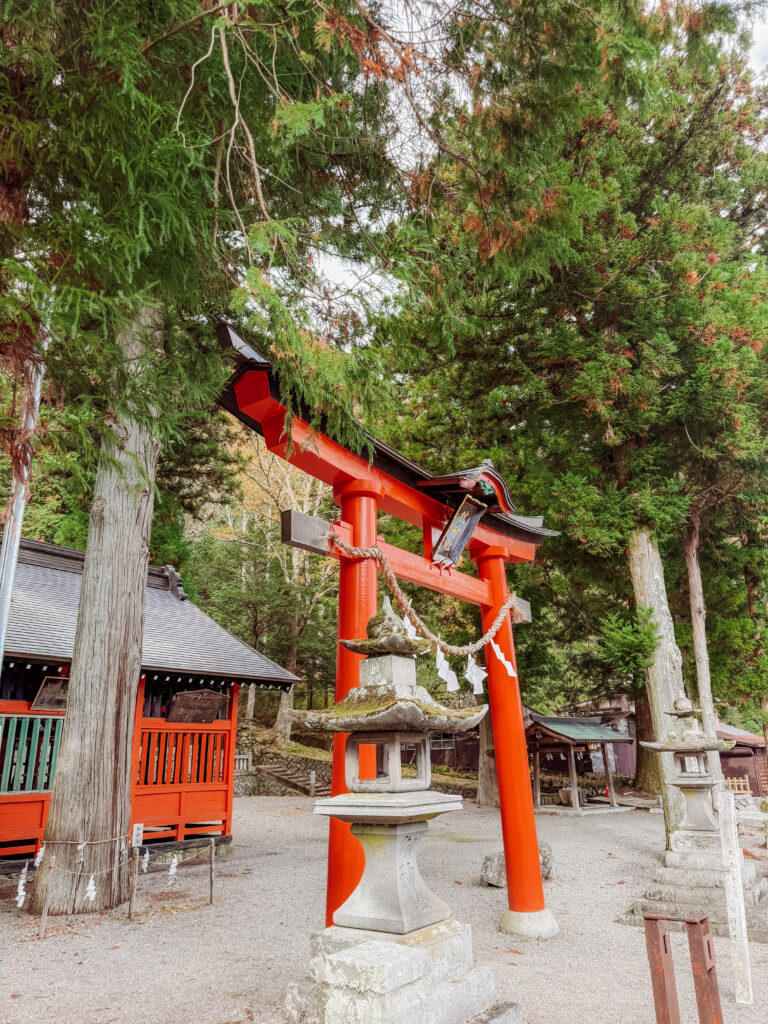
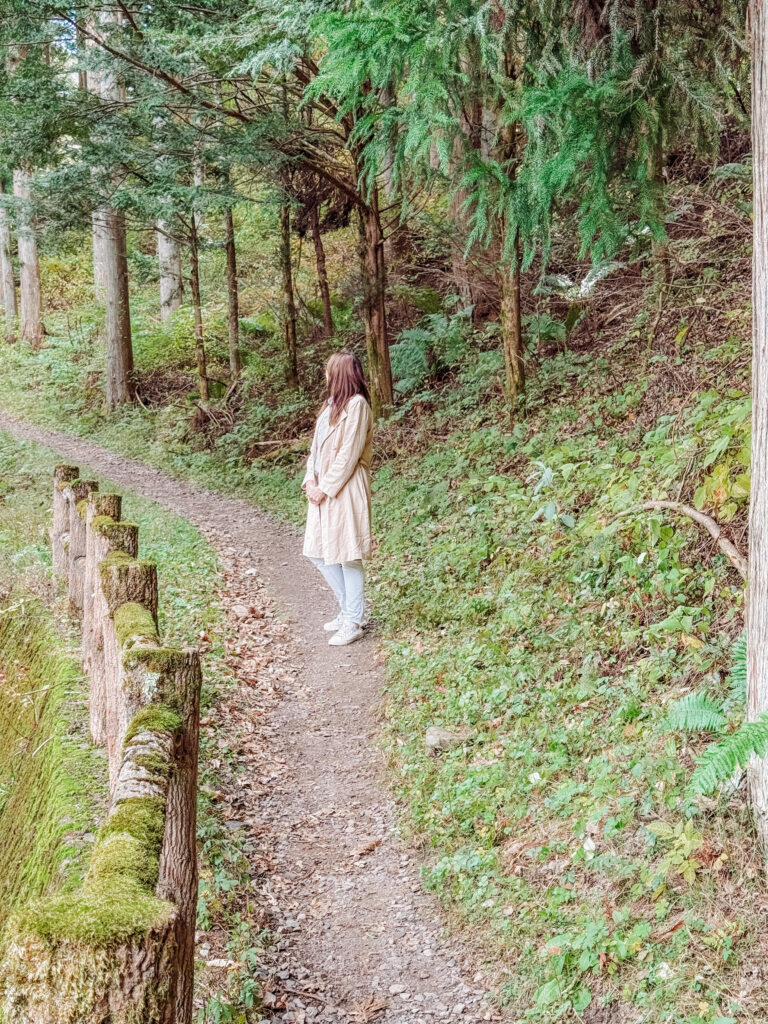
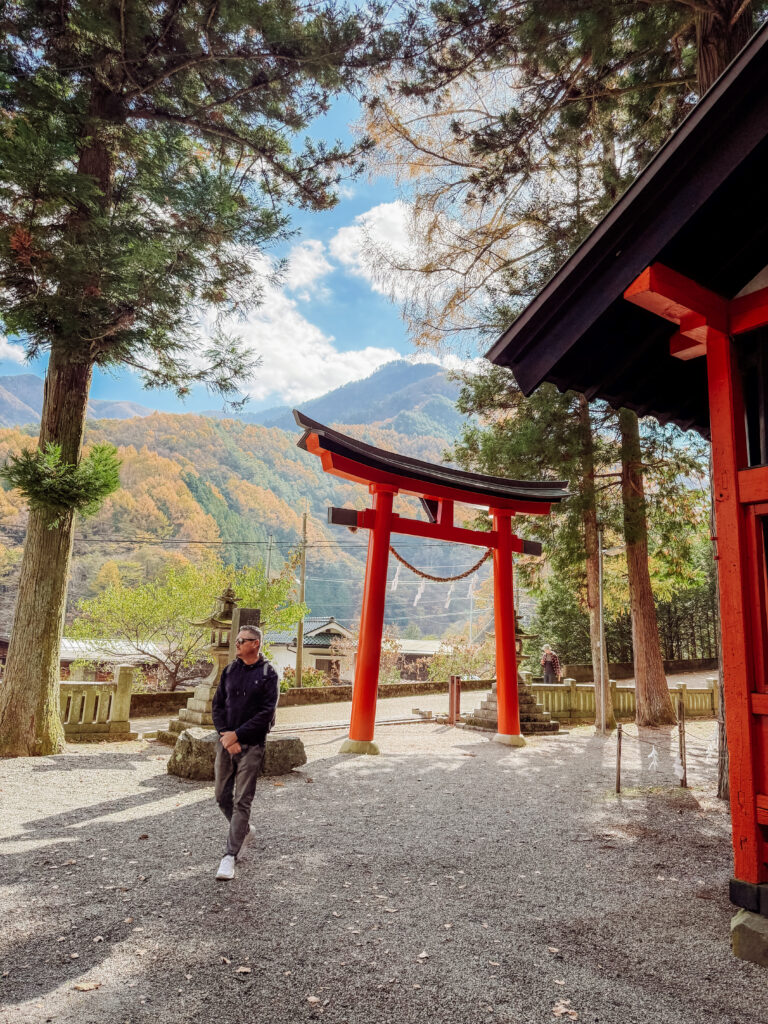
9. Walk the Tori Pass on the Nakassendo Hiking Trail
The Old Nakasendo trail that once linked the postal towns in the valley on the path between Tokyo and Kyoto during the Edo period (1603-1868). This was the path that samurai walked between towns, which developed to provide services such as accommodation, food, transport and protection to travellers and merchants. The towns grew wealthy as they taxed the travellers passing through and luckily, because of this, several remain beautifully preserved.
Walk out on to the Tori Pass even just a little to experience what this would have been like. You’ll find forested parts and beautiful views. If you are prepared you can hike to the next town, Yabuhara, however make sure you are prepared as you will need proper shoes and supplies such as water and snacks. I started out on the path and quickly realised I was not adequately prepared! I would love to return to do a short few sections of this hike! (Also note that some people have reported seeing bears along the hike.) If you prefer an easier section below is some information about a beginners part and there is even a tour of it so you can do it without any stress.
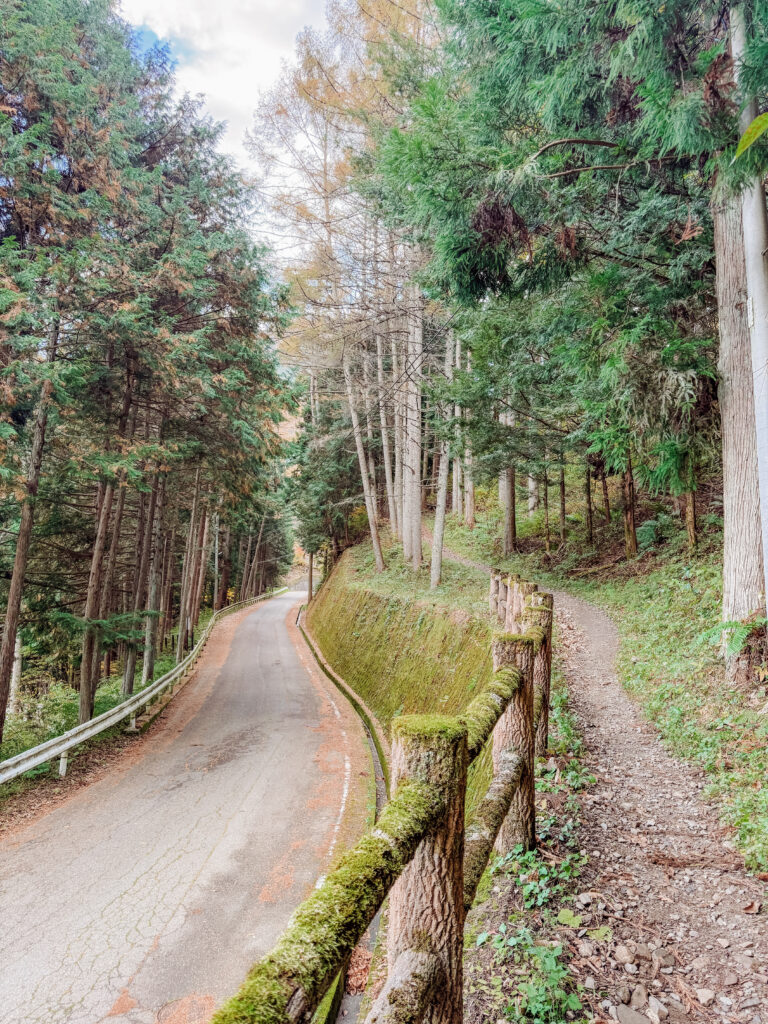
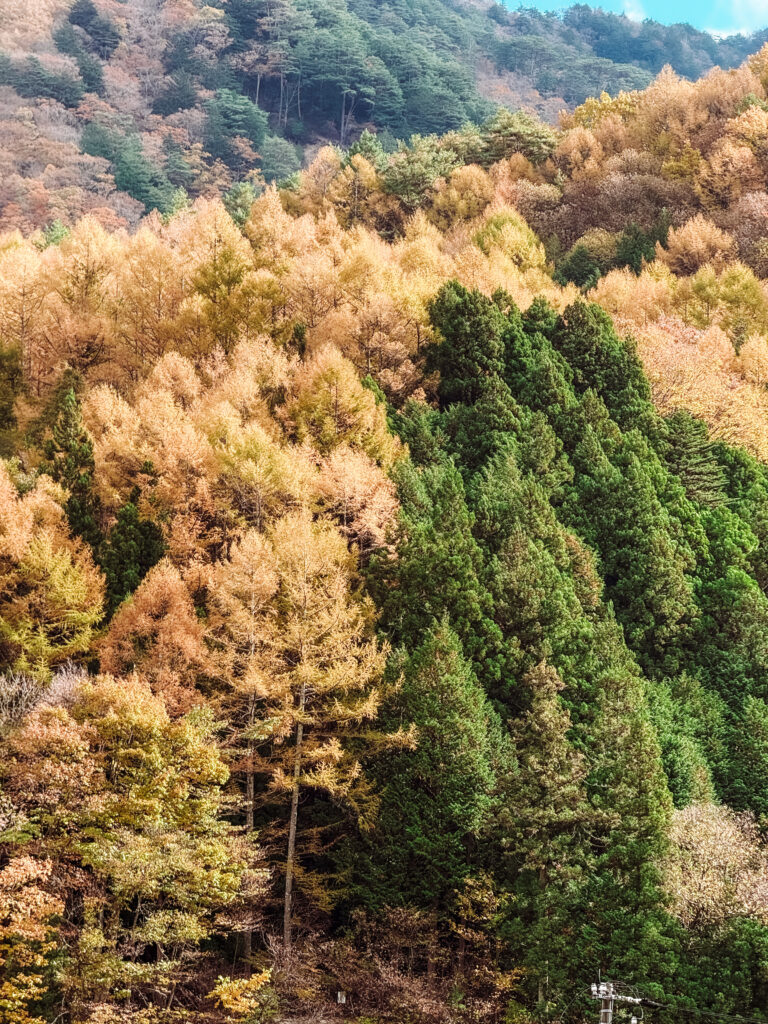
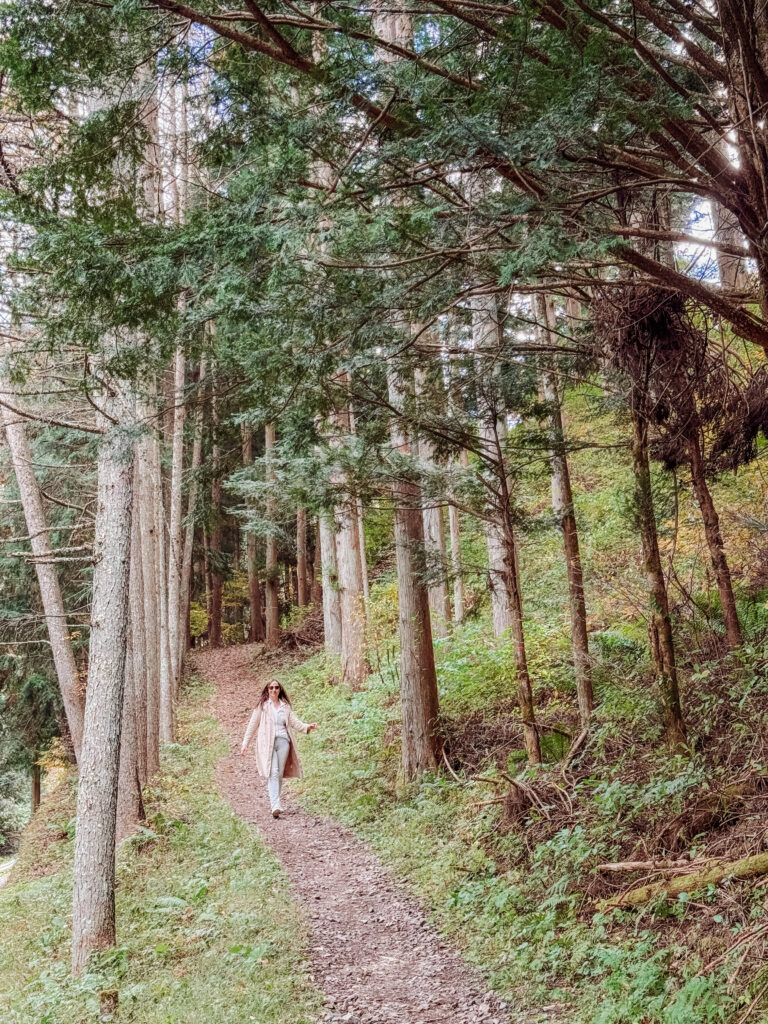
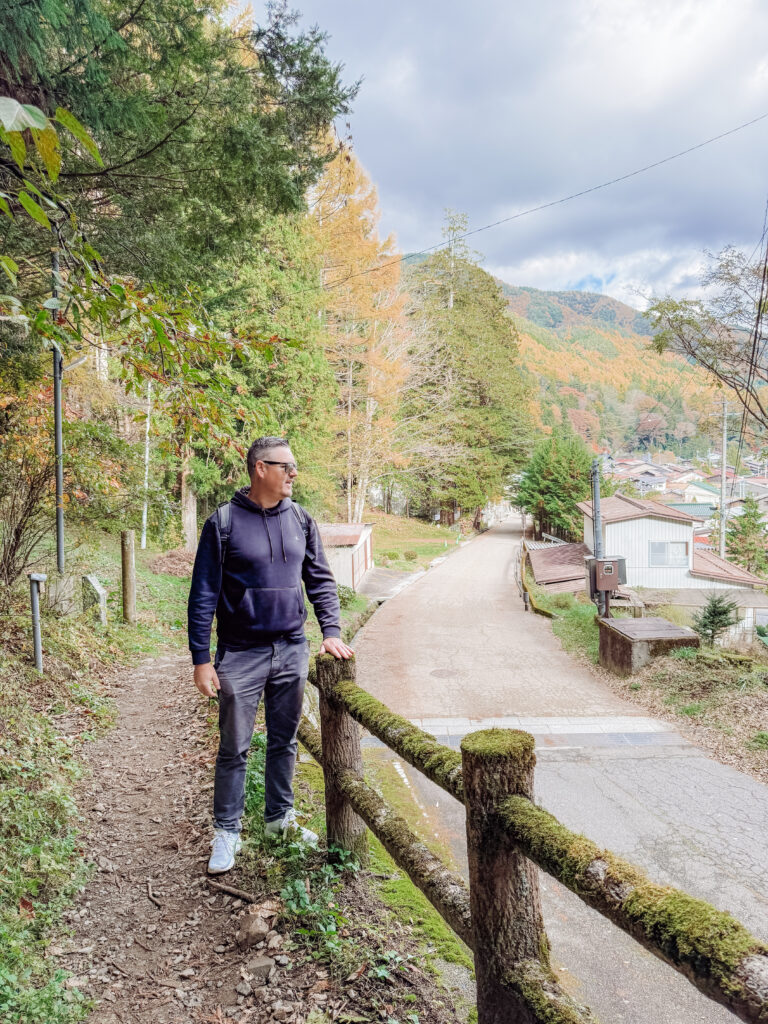
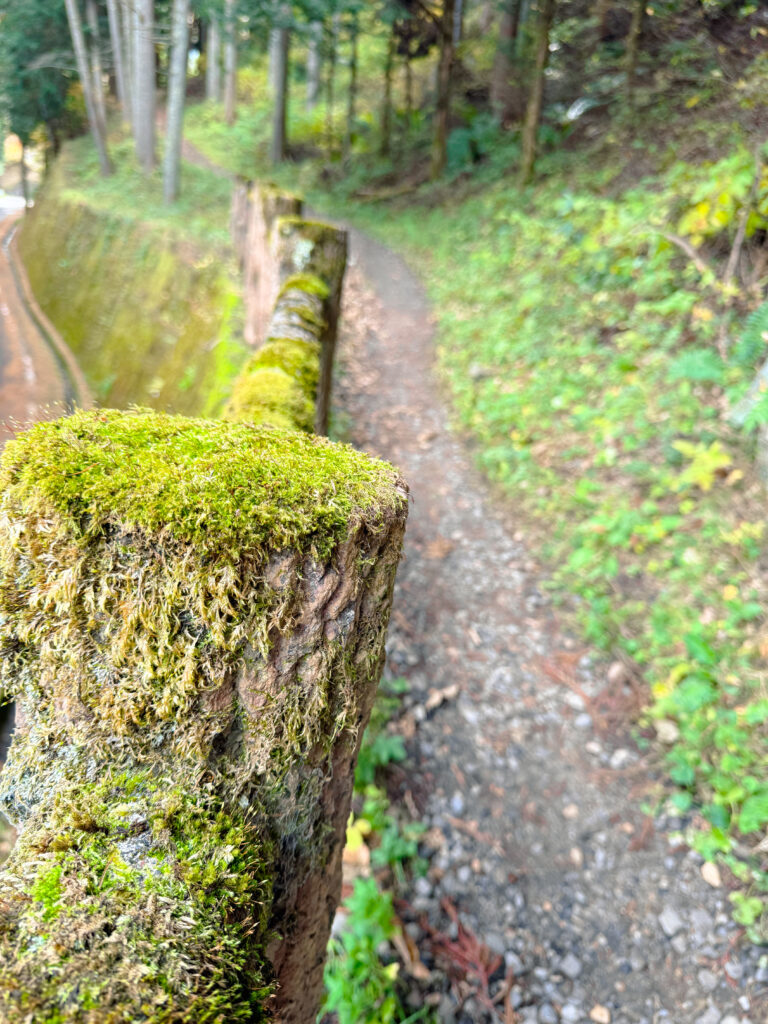
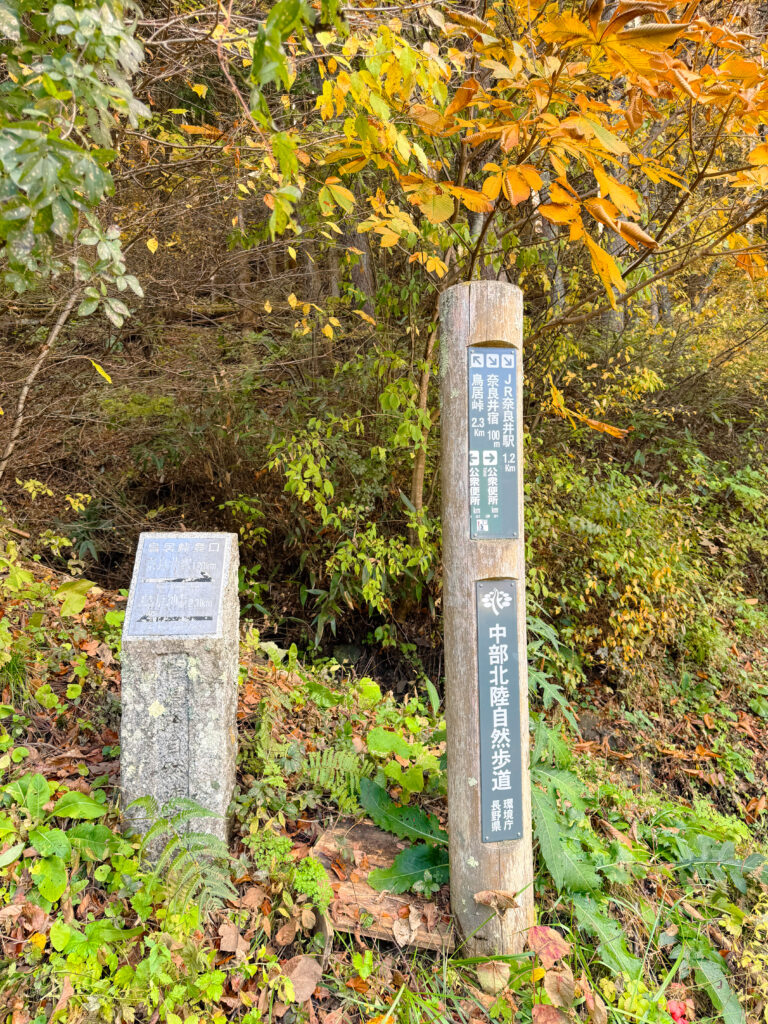
10. Kiso-Hirasawa
Hirasawa is a very quiet, small village only a 30 minute walk from Narai. We walked up to check it out. It’s full of Japanese lacquerware artisans, they are a little more expensive and higher end than those in Narai. In the past this village used to create most of Japan’s lacquerware and this town was where most of the workshops were located. The production of Kiso lacquerware is still an offically recognised craft of Japan and you can wander the much quieter and just as beautiful street and drop in to the beautiful stores. You can also catch a train from here back to Matsumoto if you wish, or jump off here and check out the town before strolling down to Narai-Juku.
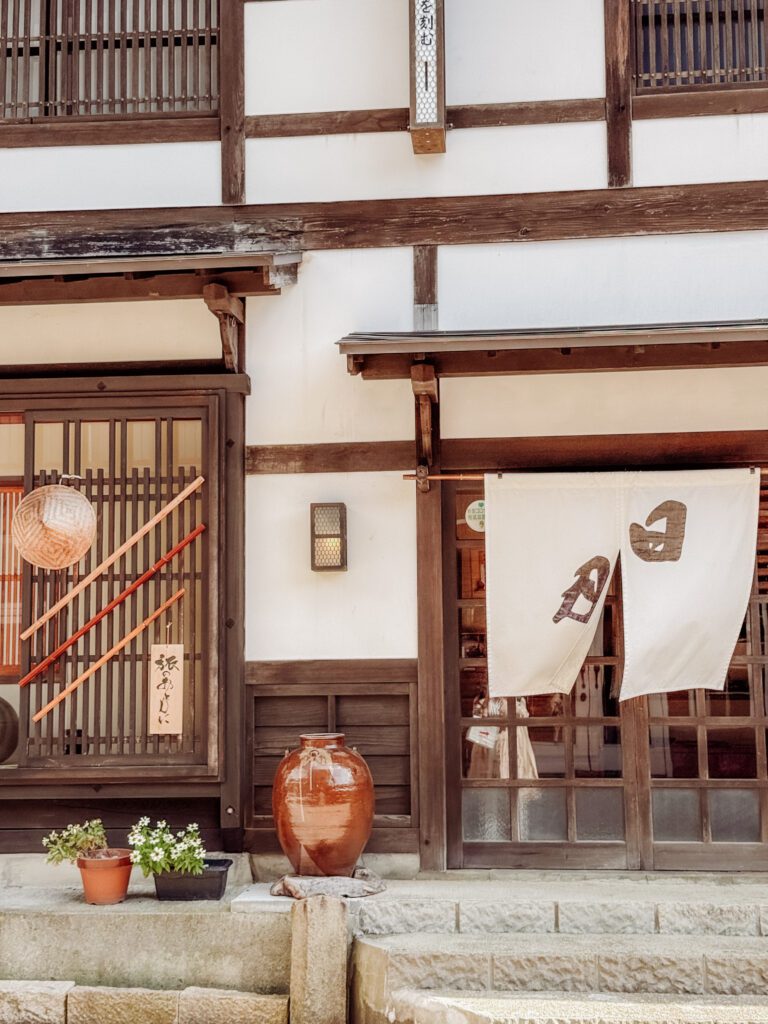
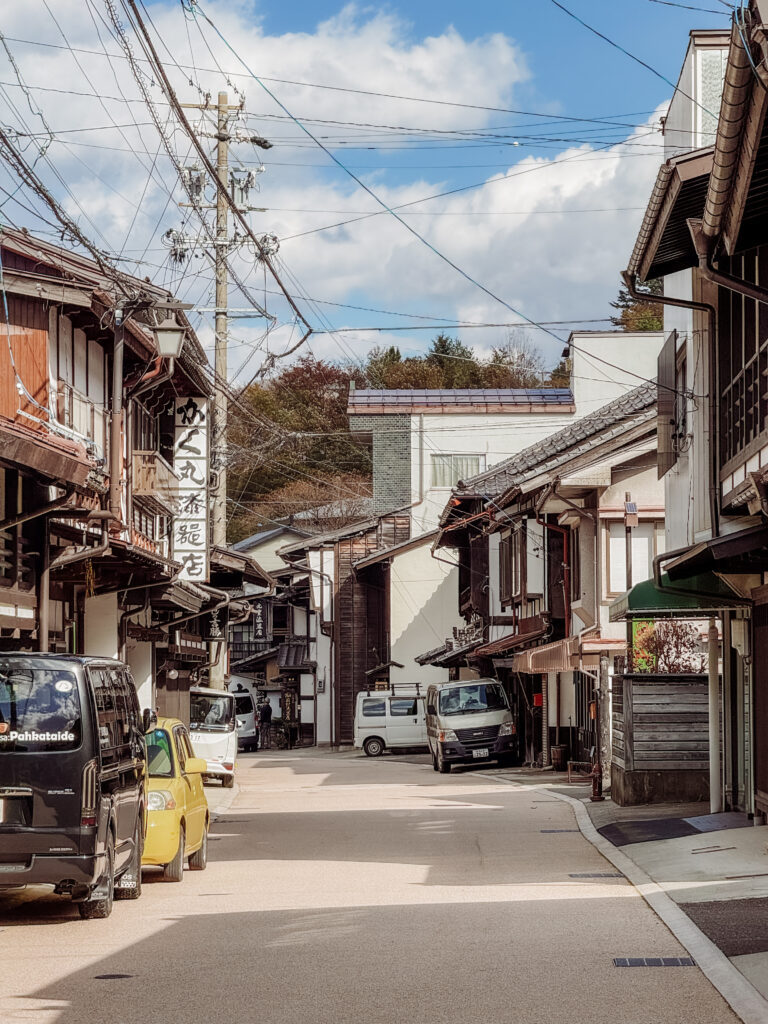
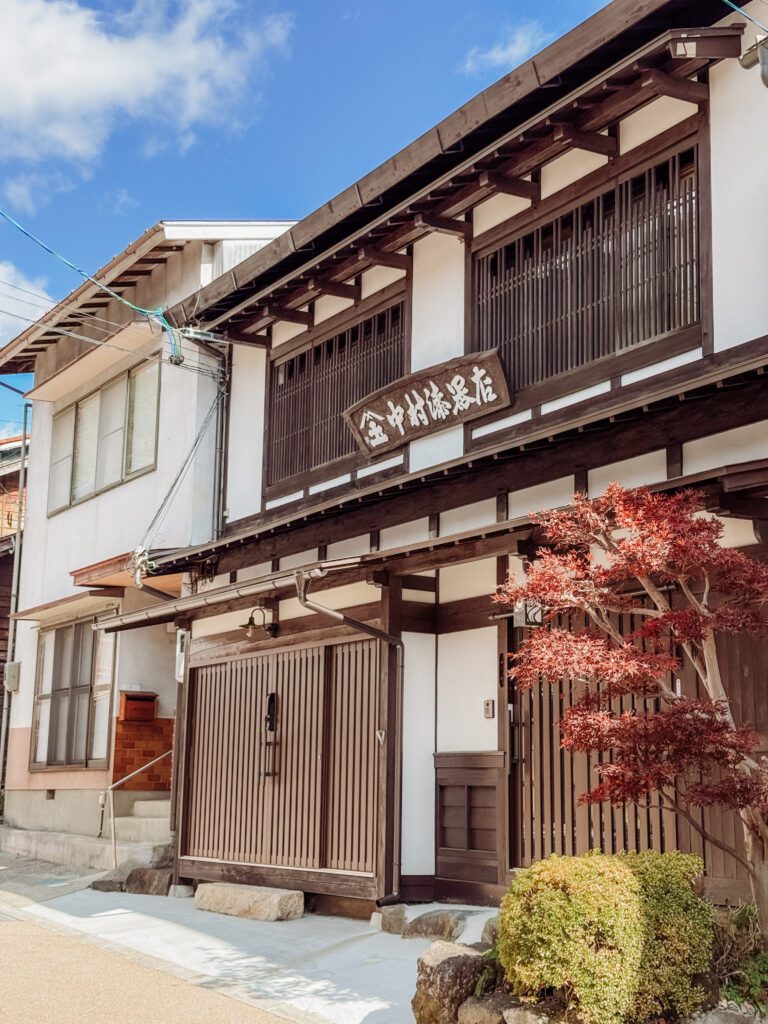
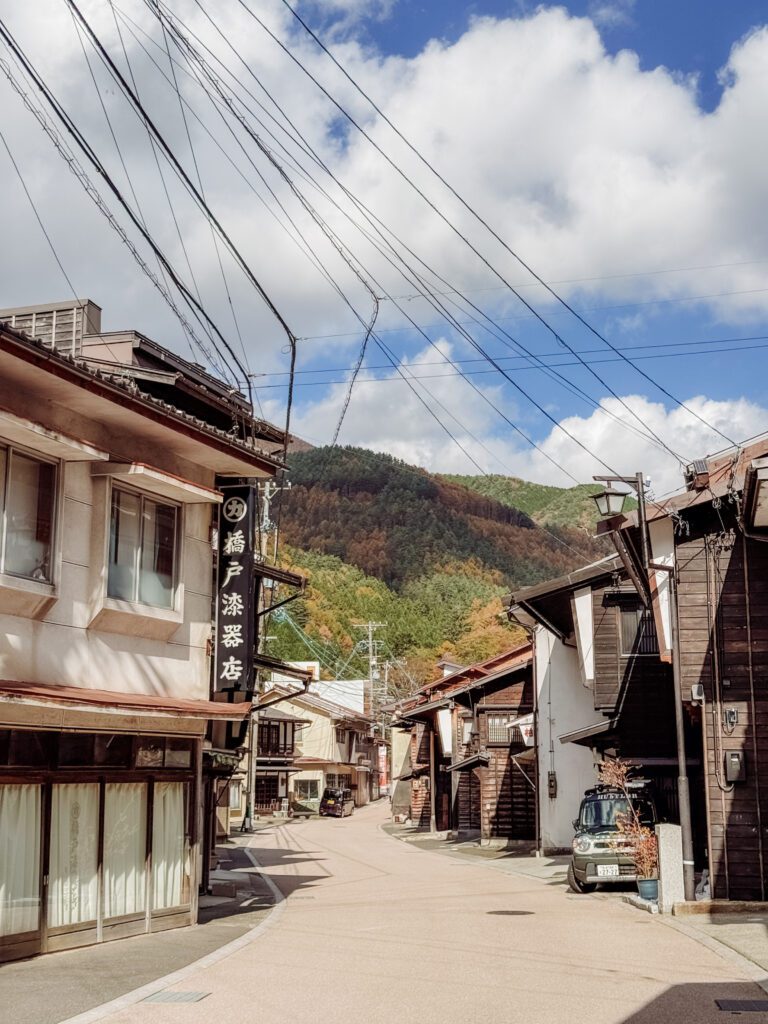
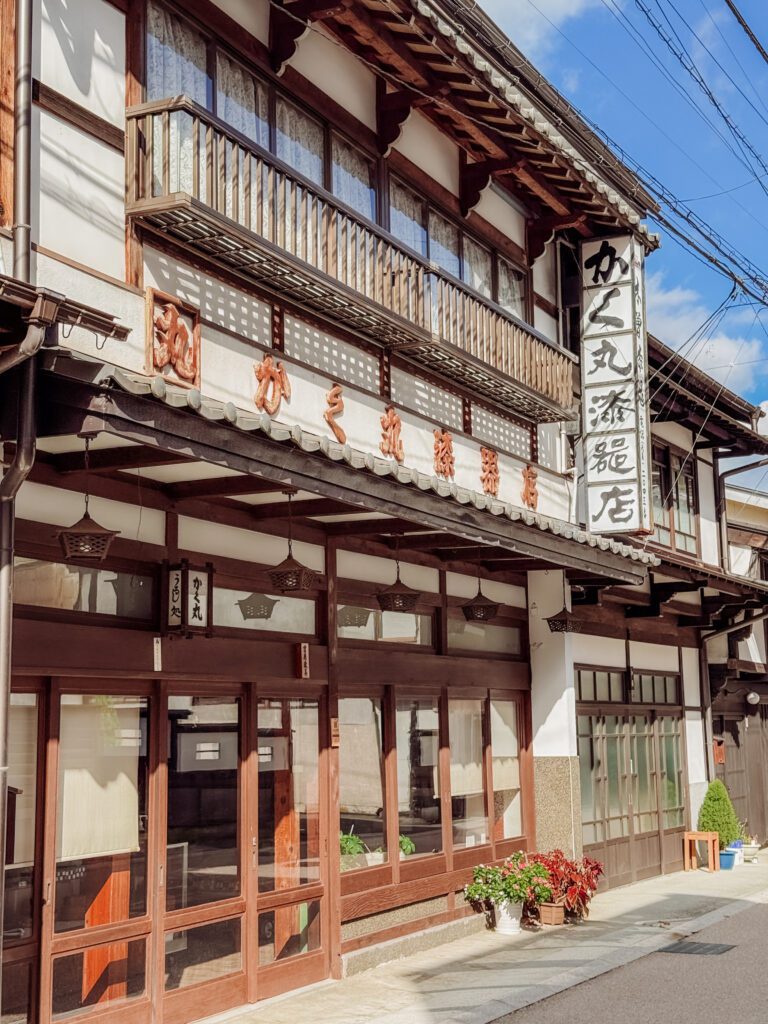
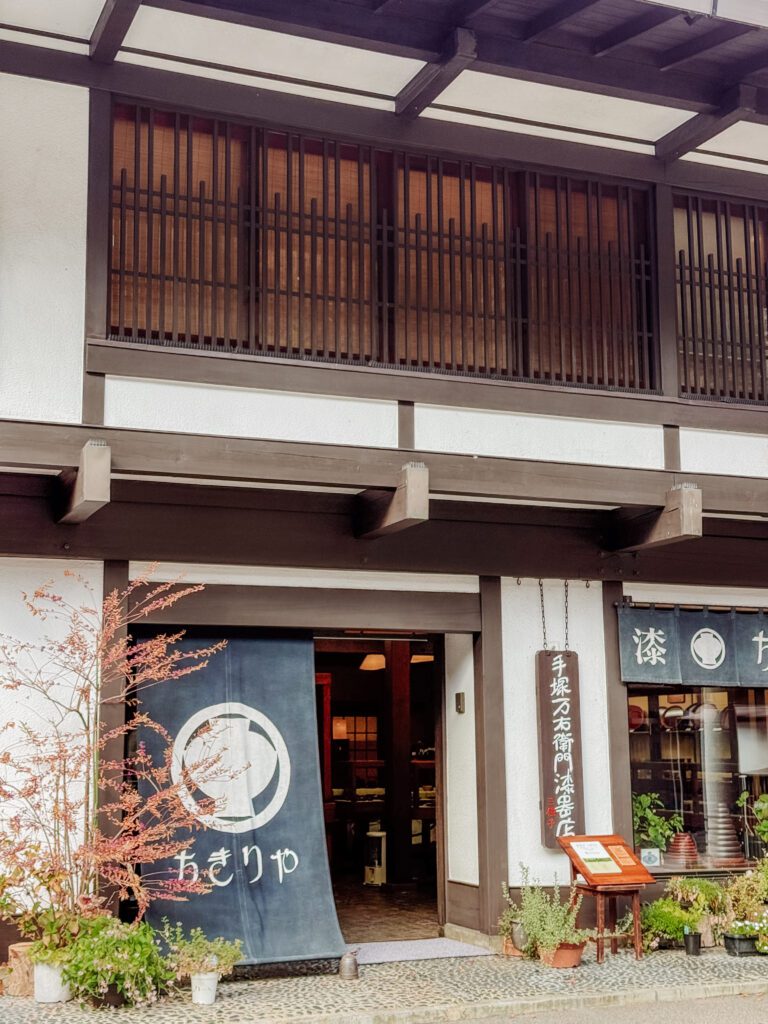
11. The old Steam Locomotive
Opposite to the railway line there is an old C12 199 steam train in Naraijuku. Made in 1938 and used in the Kiso valley until 1974.
12. Kiso Bridge
This pretty wooden bridge has been restored beautifully and lots of people come here to take pictures.
13. The Hito-to Antique store
You will find this store opposite the Kiso Bridge. It is an antique store full of treasures and spending hours in here uncovering a favourite slice of history is not a bad way to spend your time!
Check out our You Tube Channel and our time in Narai-Juku, subscribing to our channel really helps to support us!
14. Things to do a little further away from Narai-Juku
Magome
Magome lies 2 hours by train south of Narai. It’s another beautiful post town closer to Kyoto, really worth visiting if you have time. I intend to make it here on our next trip to Japan.
Hike the Tsumago Trail
Hike the Tsumago trail is an easier section that you can hike. It takes about three hours to go from Magome to Tsumago. The trail suits beginners as it is mostly paved and is on my list! Walking this path you’ll see waterfalls as well as Tateba Tea House where you can grab a cup of tea and a rest along the way. There is a loop bus in Tsumago to go back to Magome which runs every 25 minutes or you can Take a bus from Tsumago to Nagiso Station (These are infrequent, so check the schedule in advance) and then jump on a train to Narai (again check schedules). You can also do this Magome & Tsumago Nakasendo Full-Day Private Trip which takes you along this trail.
Lake Suwa
Not too far from Matsumoto and could be combined with a trip to Narai-Juku it’s a holy town with a huge lake and four shrines.

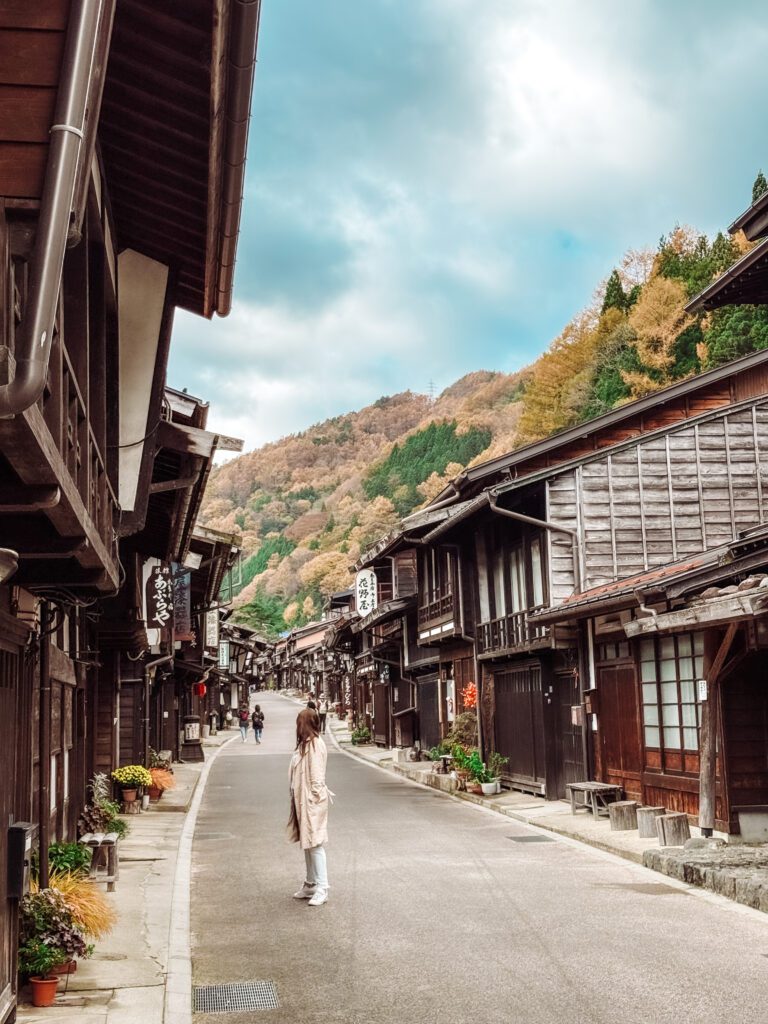
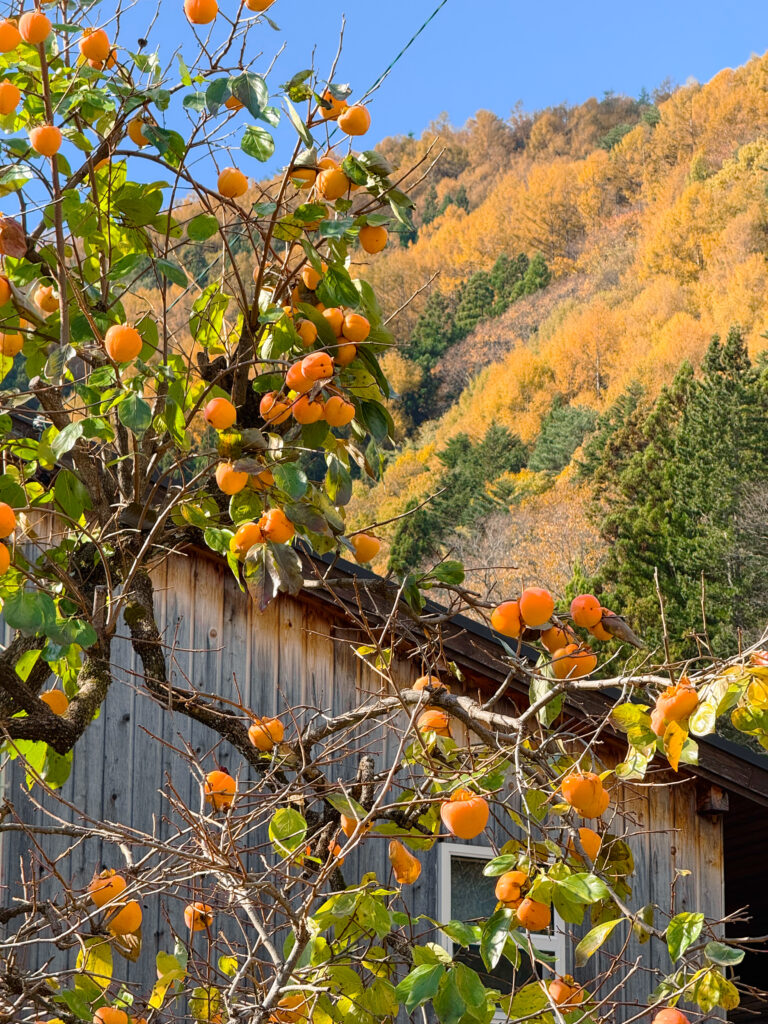
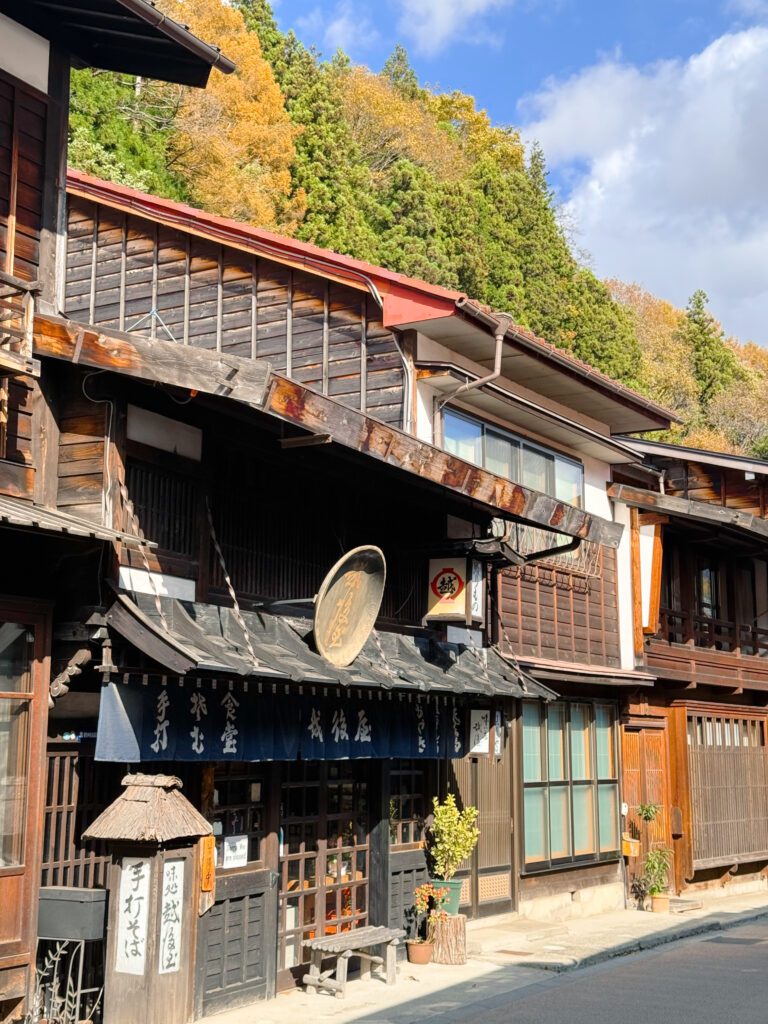

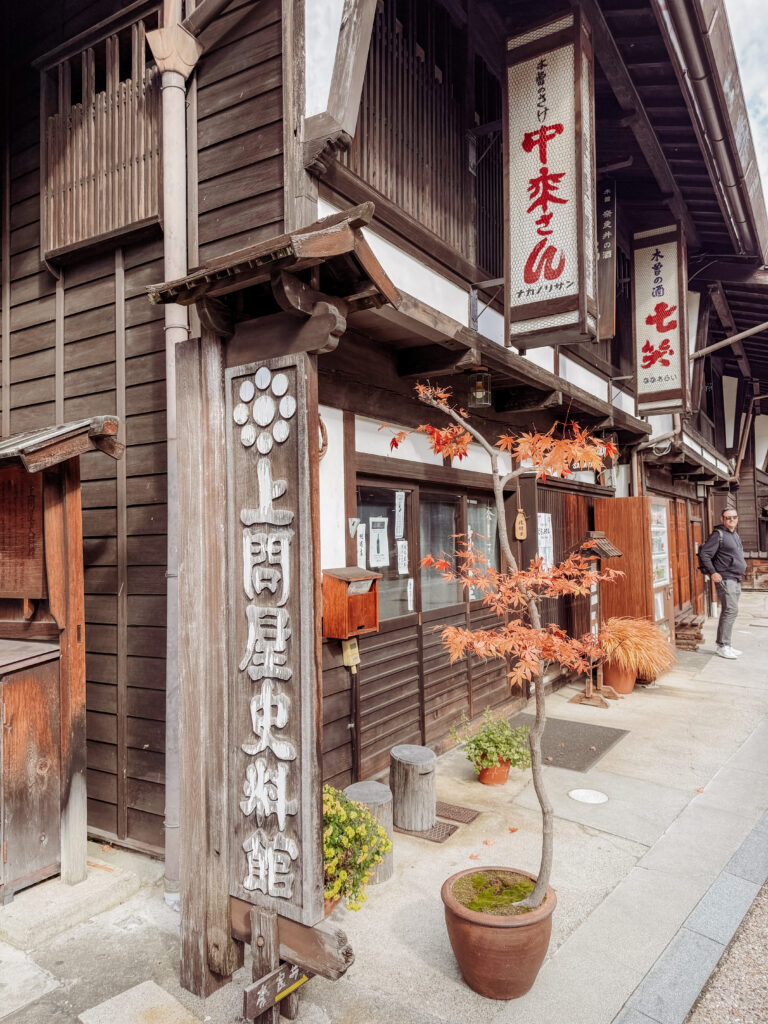
Are You Booking a Trip Soon? These are the sites we trust!
These are the sites we use to book, they are our affiliate links and by clicking through you will help us earn a few cents to keep our website up online. We really appreciate it!
1. Book Your Flights
We will always check and book through Booking and Trip.com they have great deals!
2. Book Your Accommodations
We always check Booking.com, Expedia, Klook and Trip.com. They all have great deals and sometimes are better in different continents, for example we almost used Trip and Klook exclusively in Asia and Booking.com always in Europe!
3. Buy your E-sim!
E-sims have changed the game in communication while travelling. They are cheap and easy to use, we never go without them. Our current favourite is Yesim!
4. Book Your Tours & Experiences
I usually use and recommend Get Your Guide, Klook and Viator to book tours and activities. THey also have shuttle options to and from airports which is great. I love the real reviews you can check and we have never had a problem with them!
5. Book Your Rental Car
Self-driving is my favourite way to explore most destinations, we use Rental Cars.
6. Don’t Forget Travel Insurance
Travel insurance is a must, Mike travelled for years without it but now we see that was a little crazy! We feel so much better knowing we have a backstop for cancelled flights, delayed luggage, sickness on the road and wouldn’t be without it! Safety Wing is great, especially for frequent travellers.
7. Airport Lounge Access is a must!
Use Priority Pass to access to 1,400+ VIP lounges and airport experiences worldwide.
Where Next?
Nara Deer: The Ultimate Guide to Japan’s Famous Fawn-Filled Park
Shirakawa-go: A Hidden Gem in Japan’s Countryside You Need to Visit
What to do in Mt Fuji in one day
Kawagoe Day Trip: A Complete Guide to Exploring Japan’s Little Edo
What to Do in Hida Takayama: Top Activities for First-Time Visitors
Things to do in Hakone Day Trip
Indonesia, Sumatra: Gunung Leuser National Park – 9 Day Jungle Trek!
Bukit Lawang, Medan – the town on the edge of the jungle!
Indonesia, Sumatra: Palau Weh Island – An undiscovered gem!
24 hours in Penang Georgetown, Malaysia
How to spend two days in Kuala Lumpur, Malaysia
Visiting Batu Caves, Kuala Lumpur, Malaysia
What to do in Langkawi, Malaysia for 3 days

